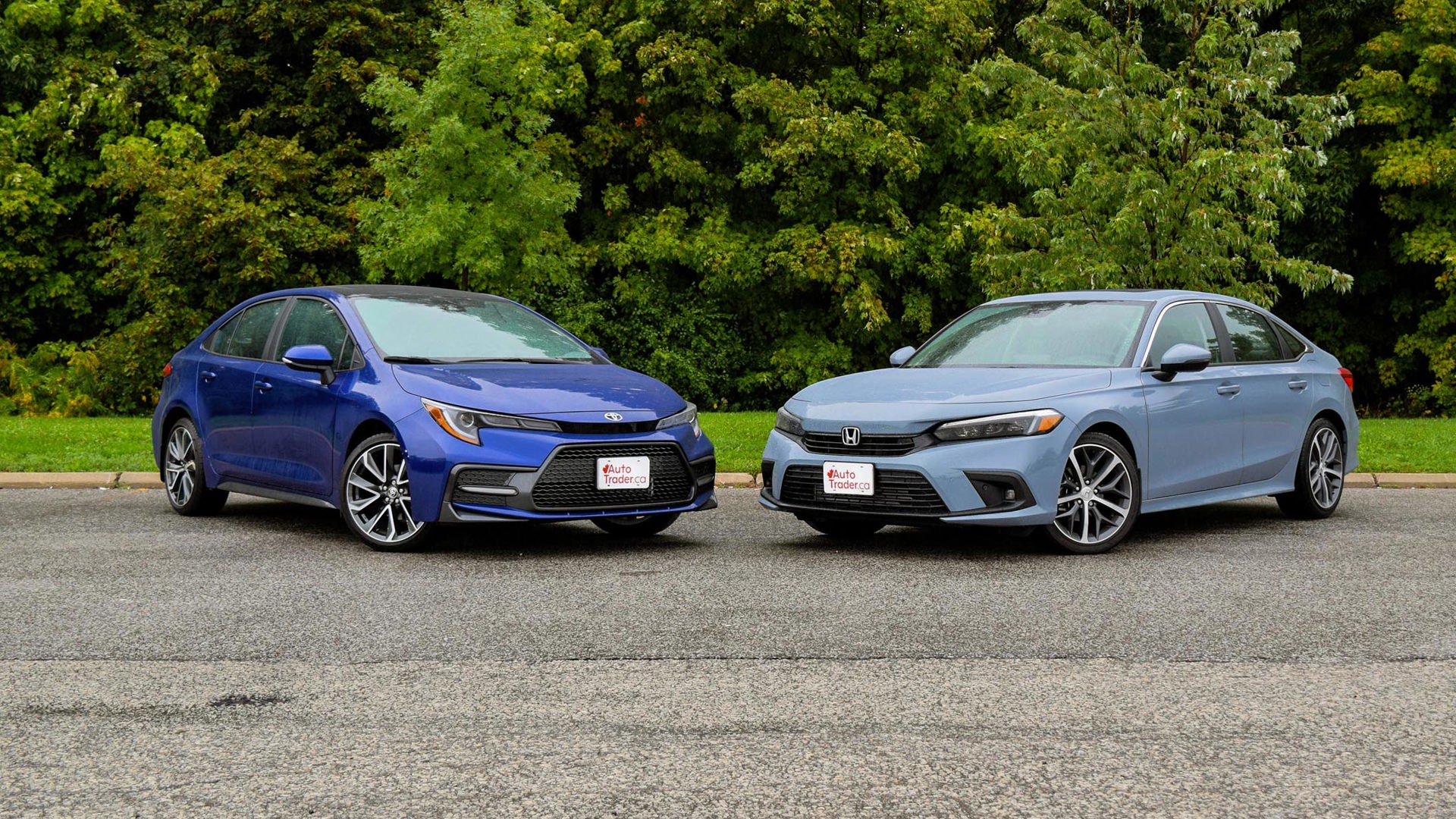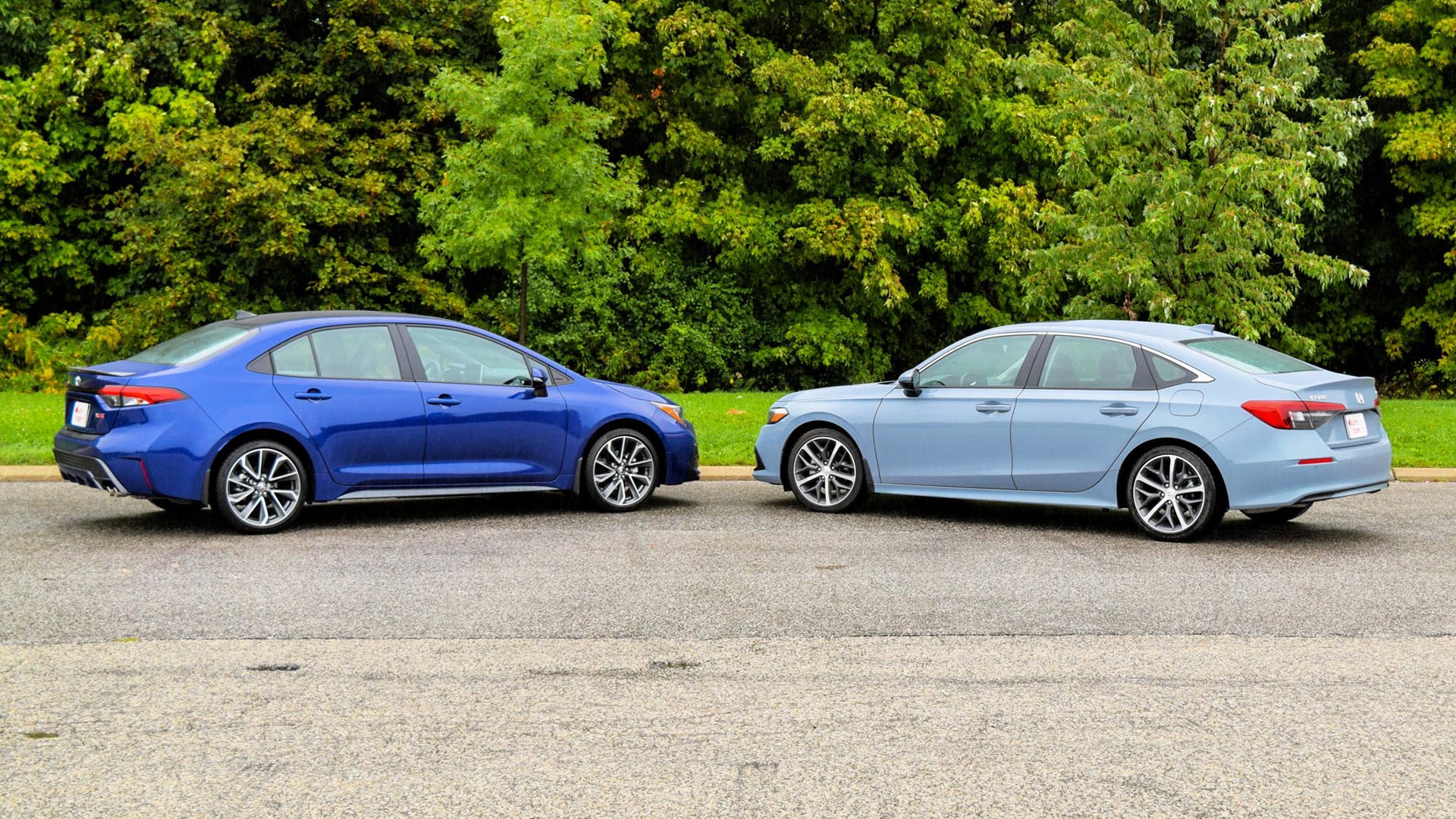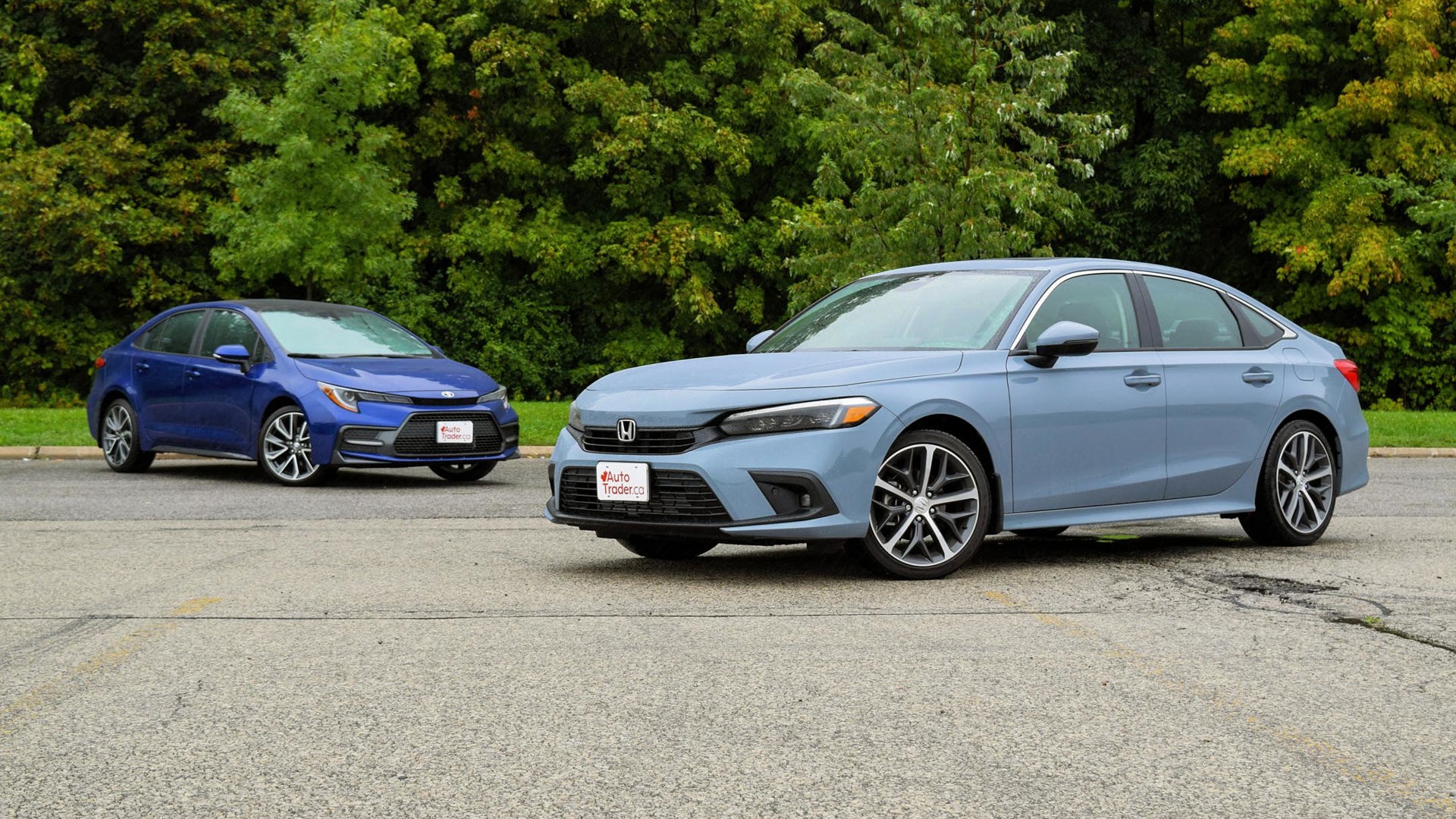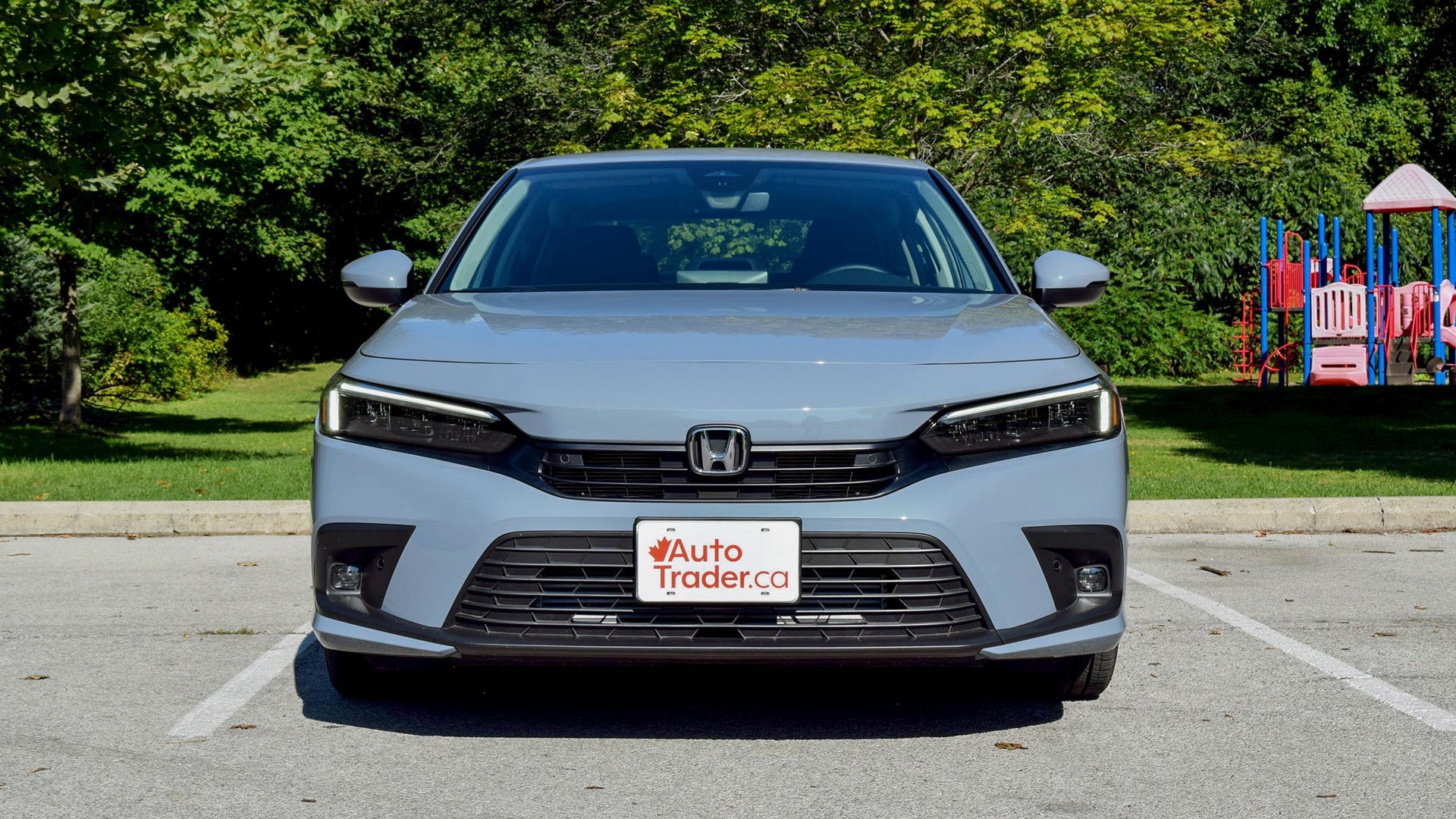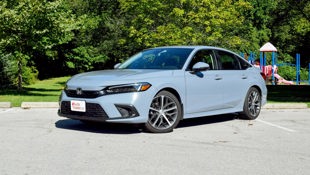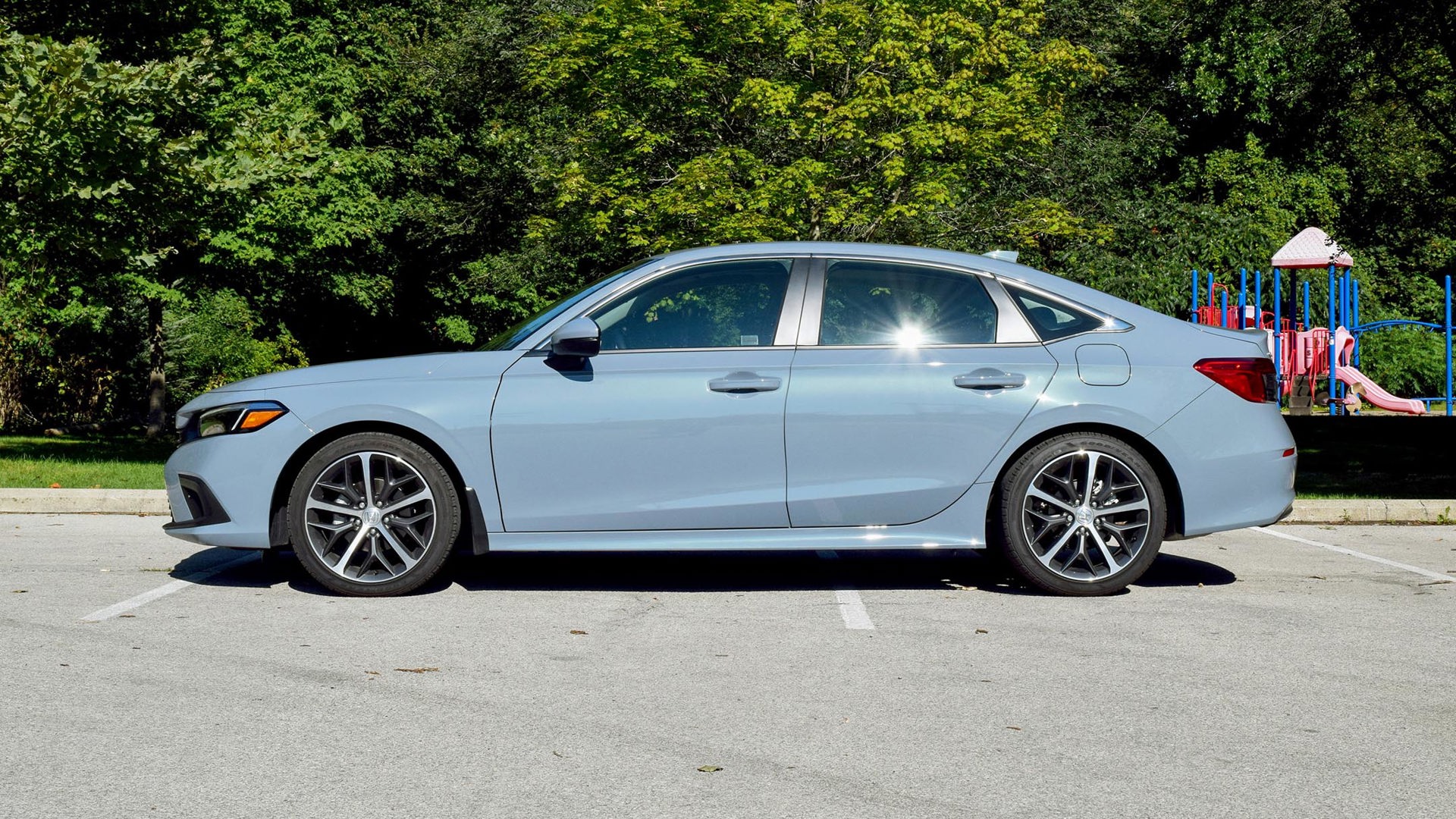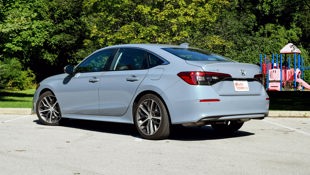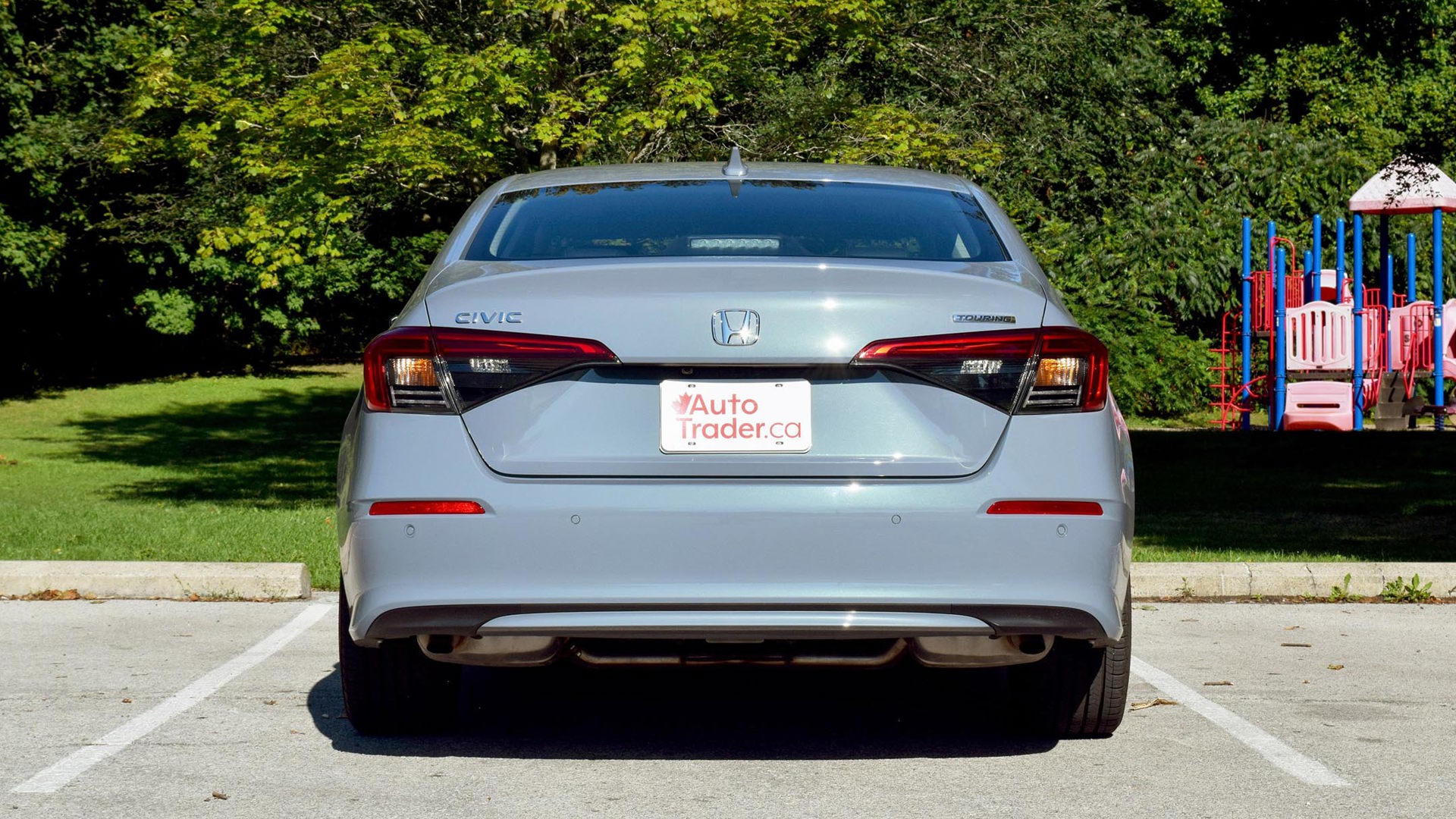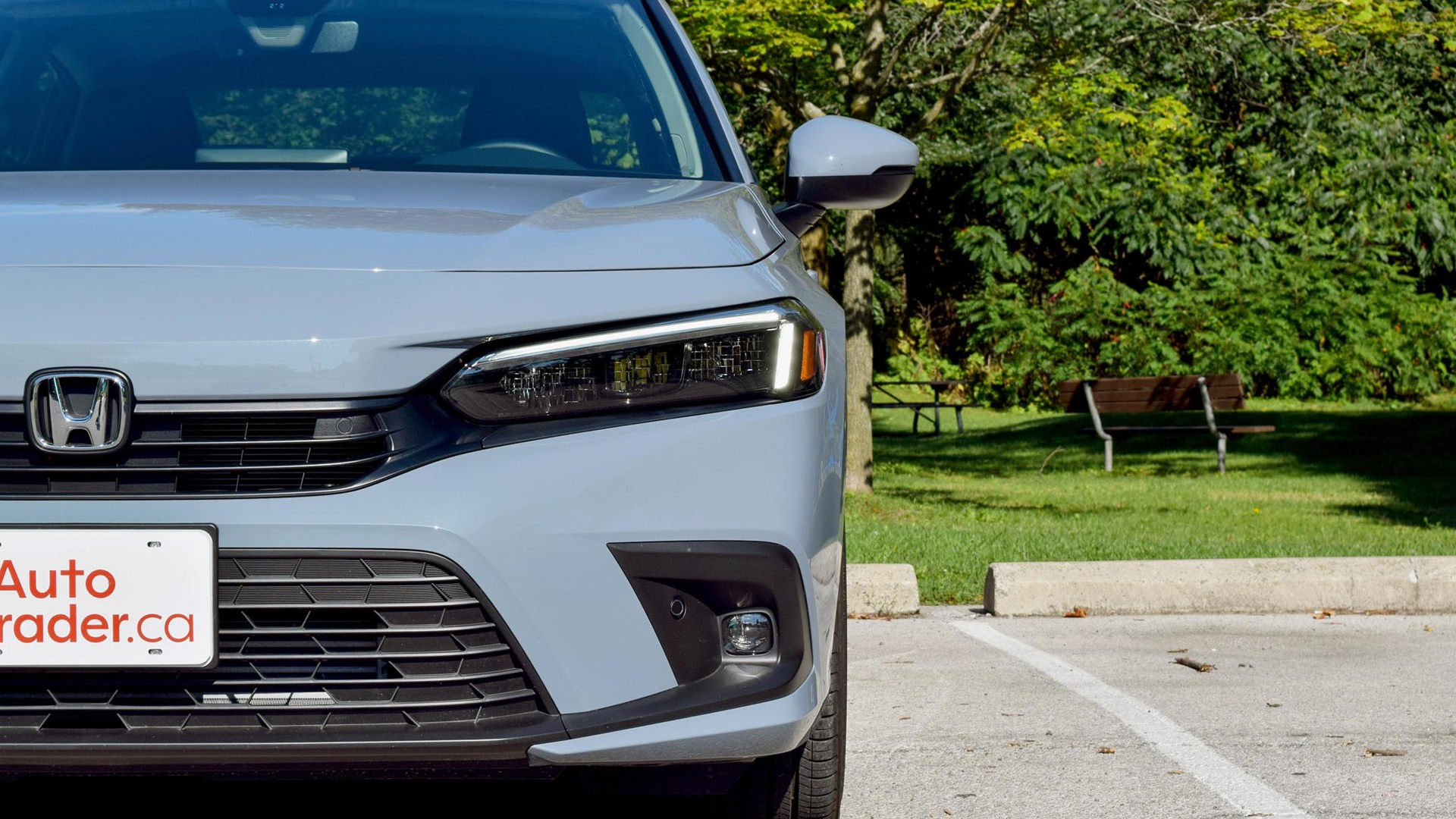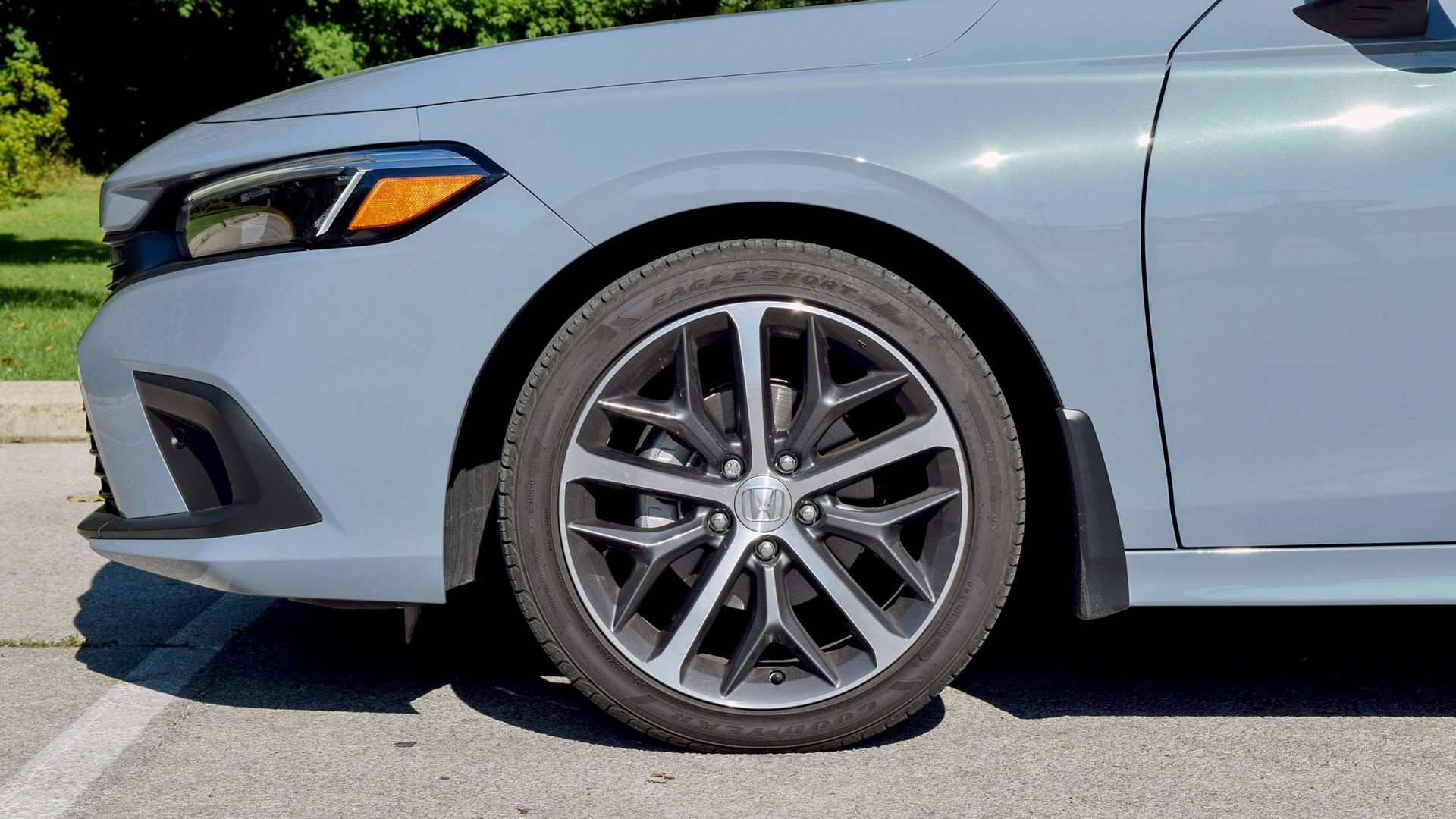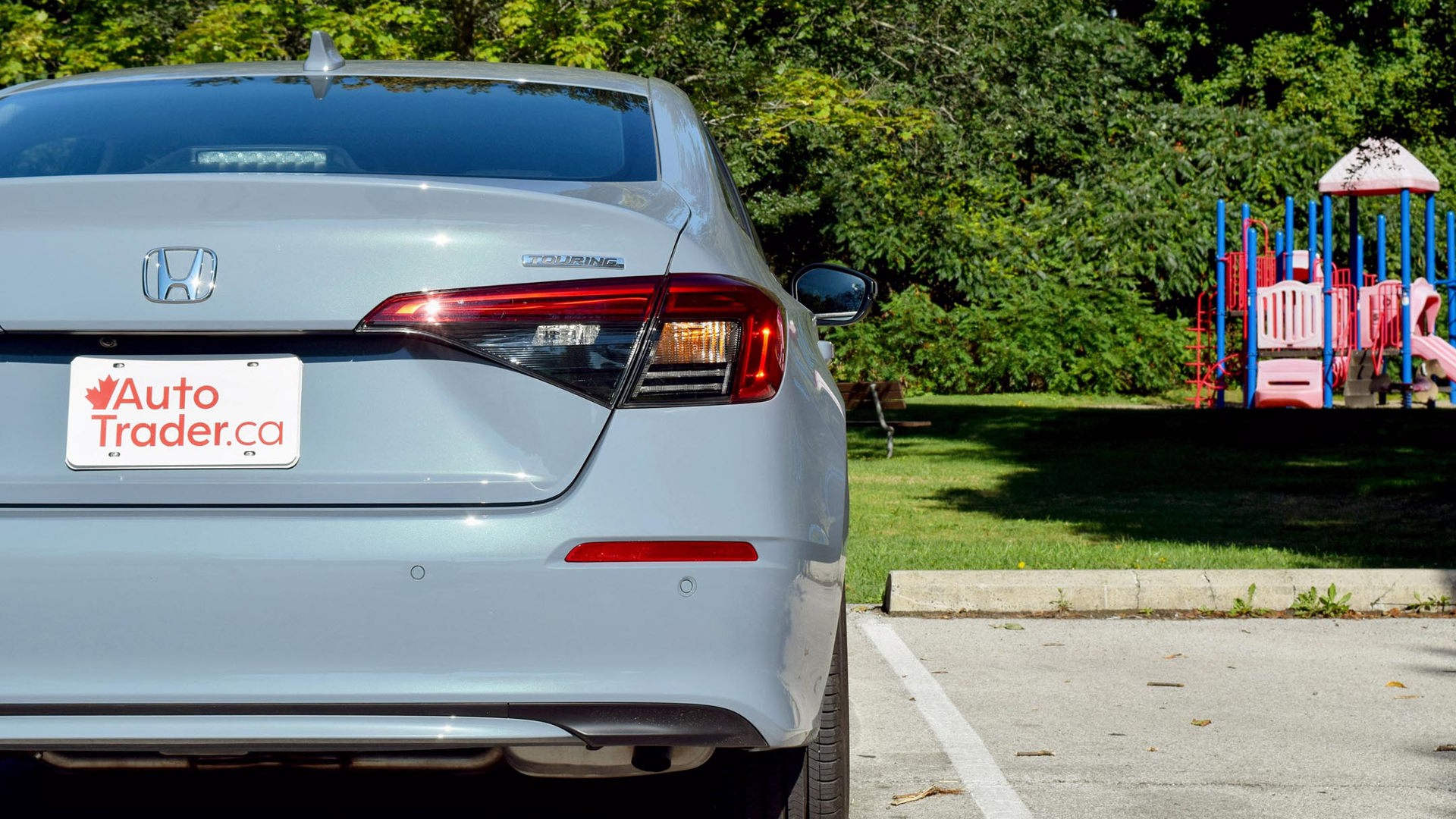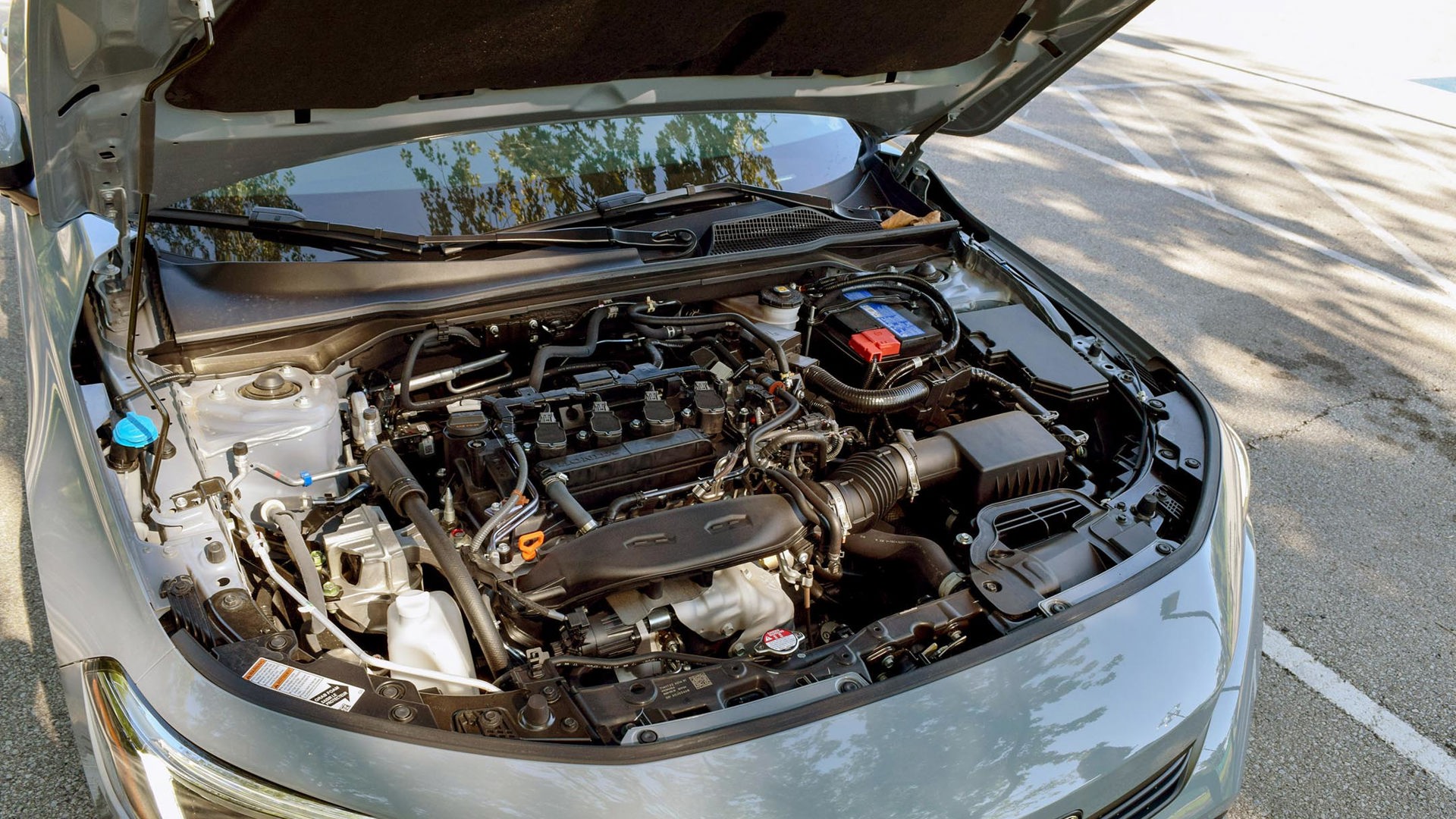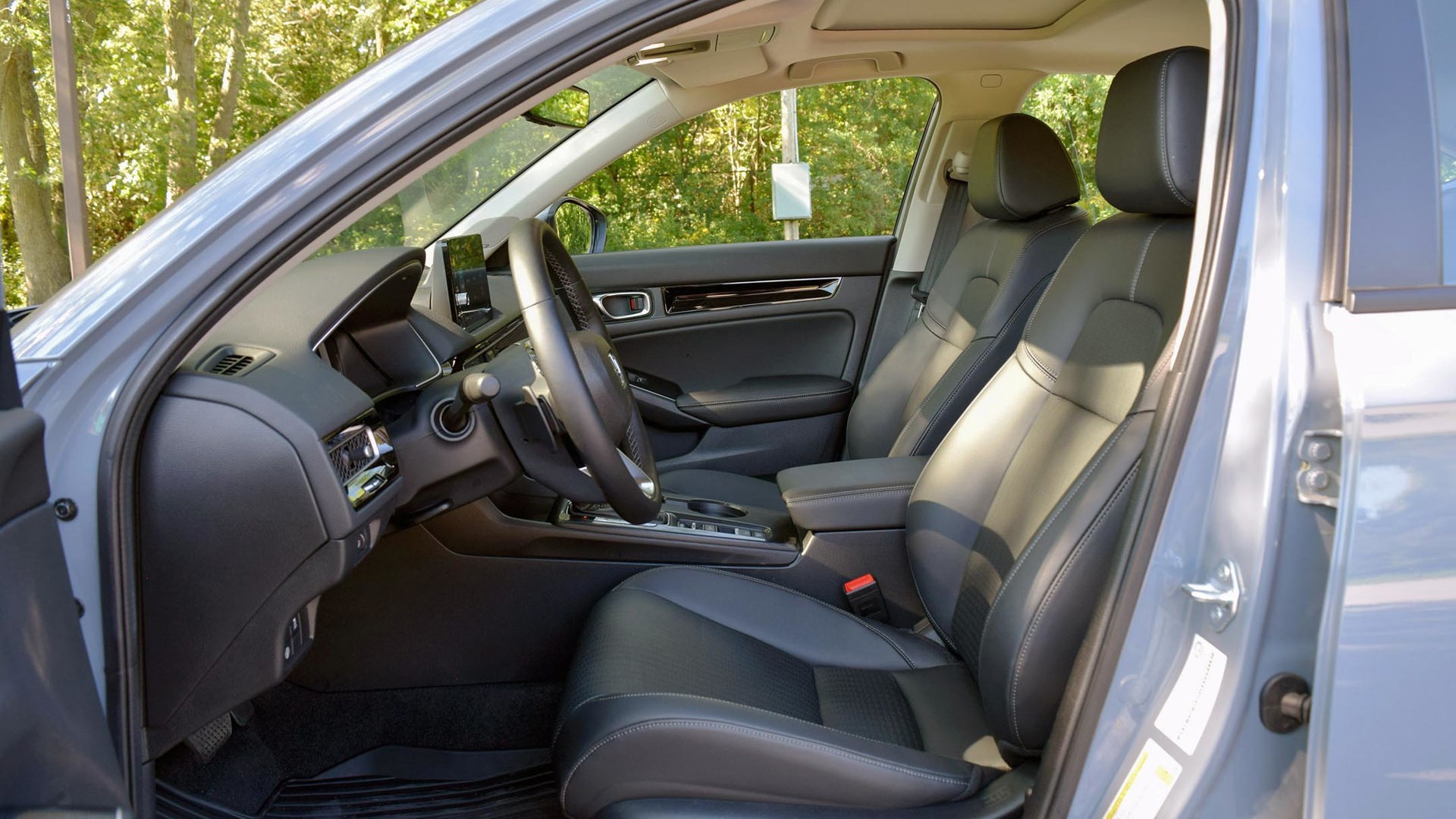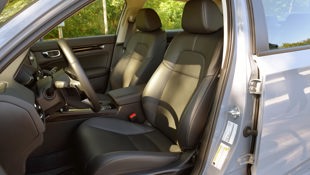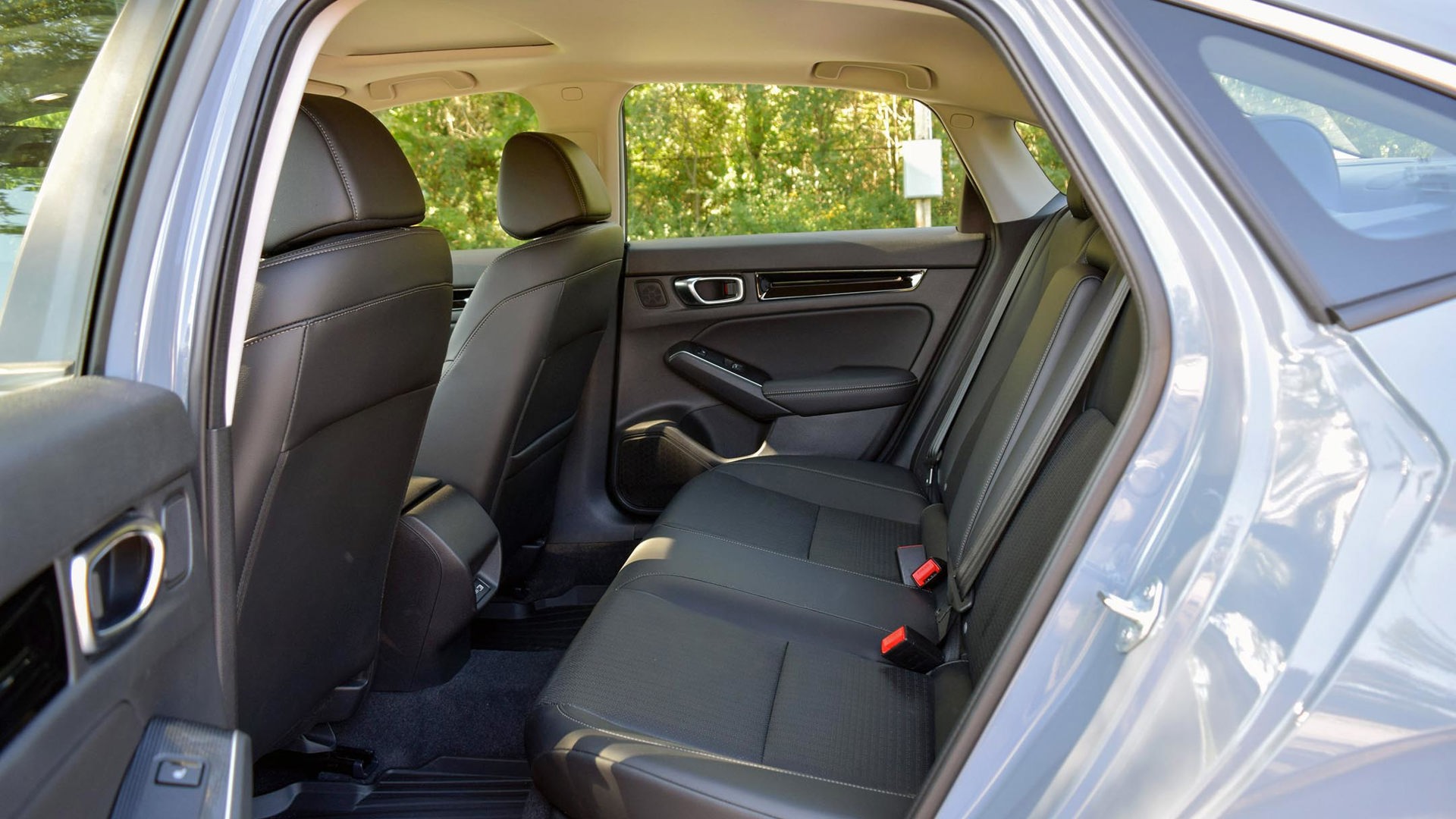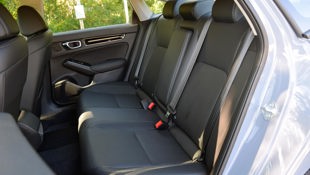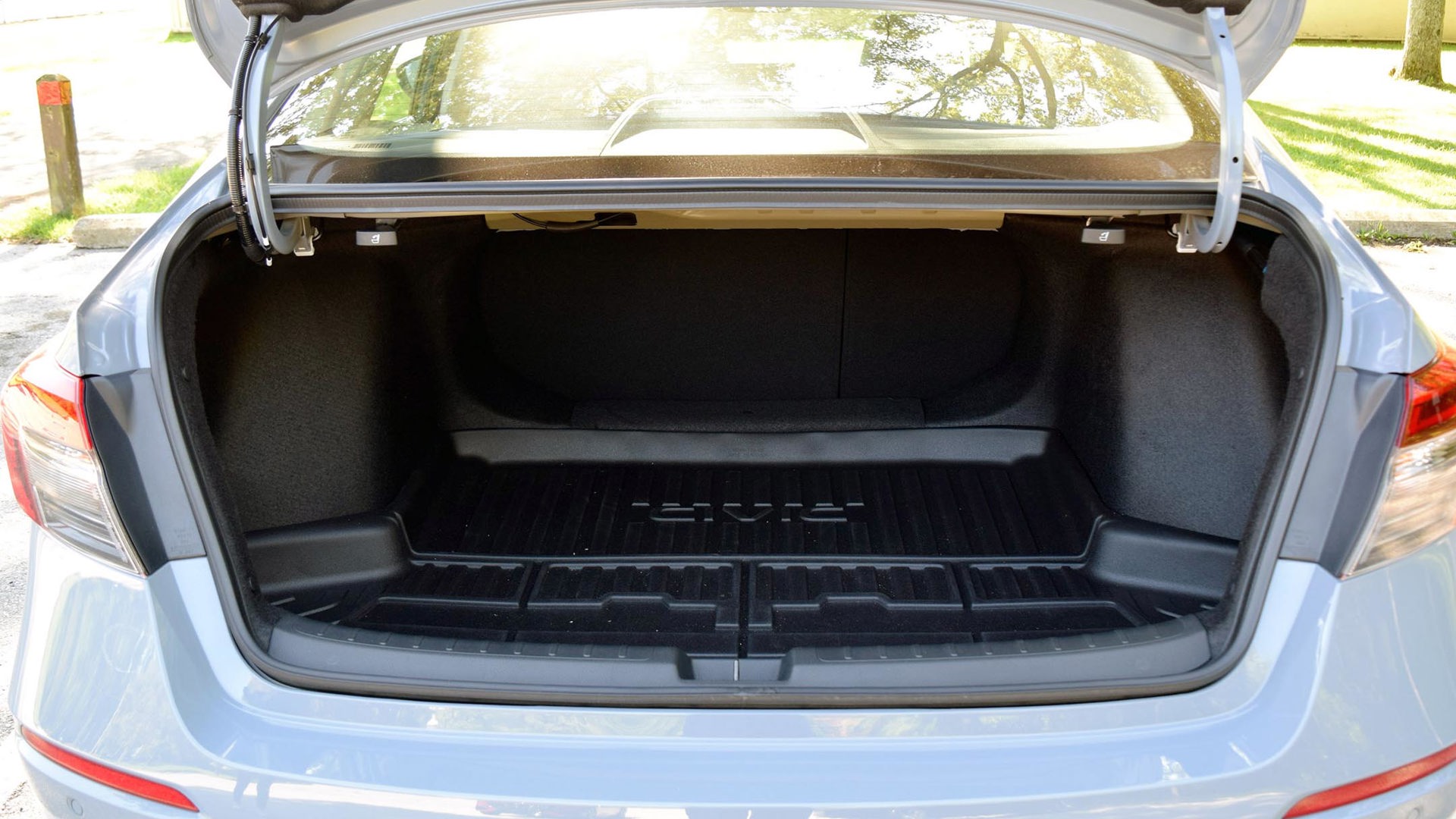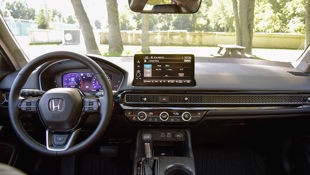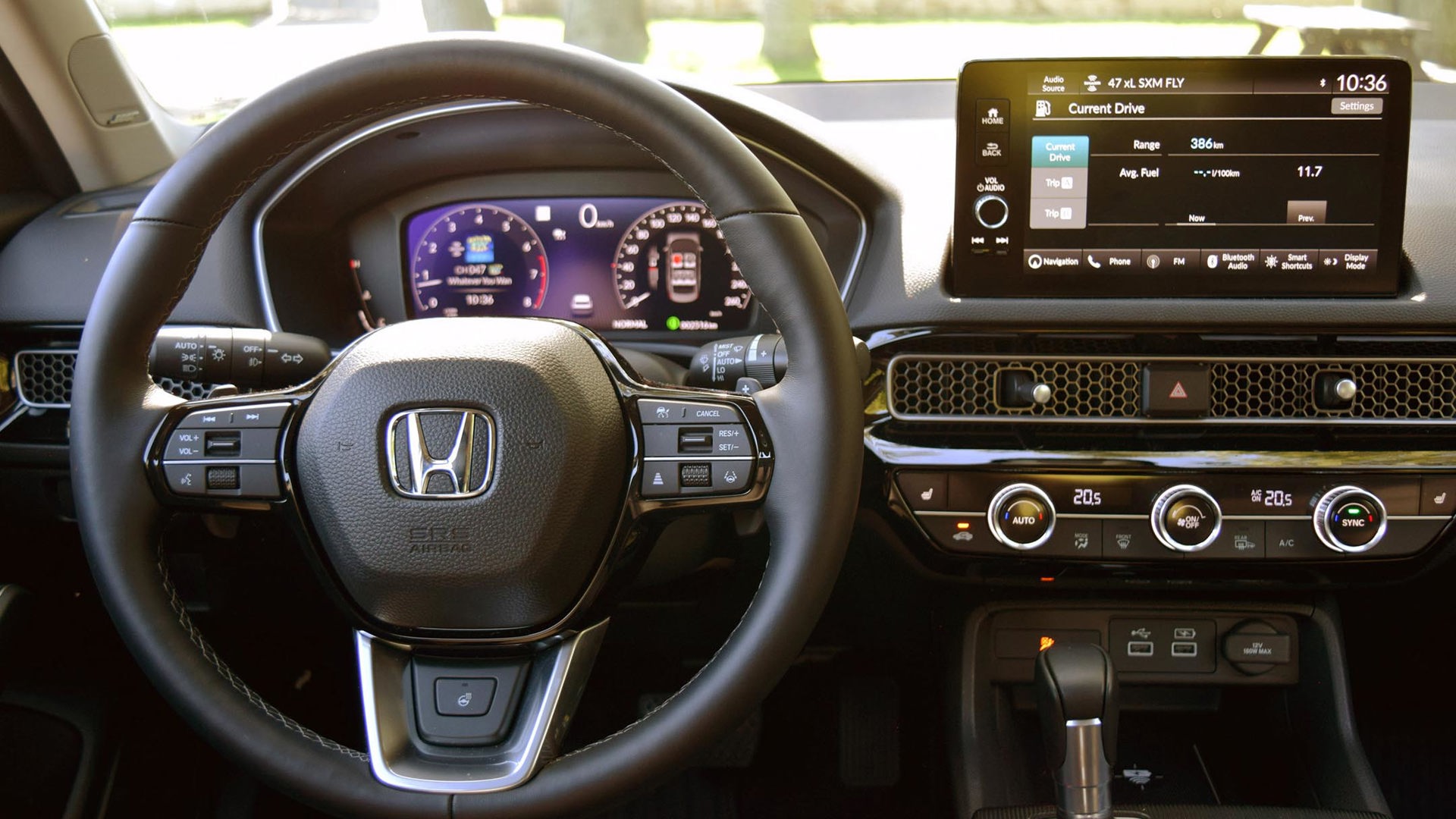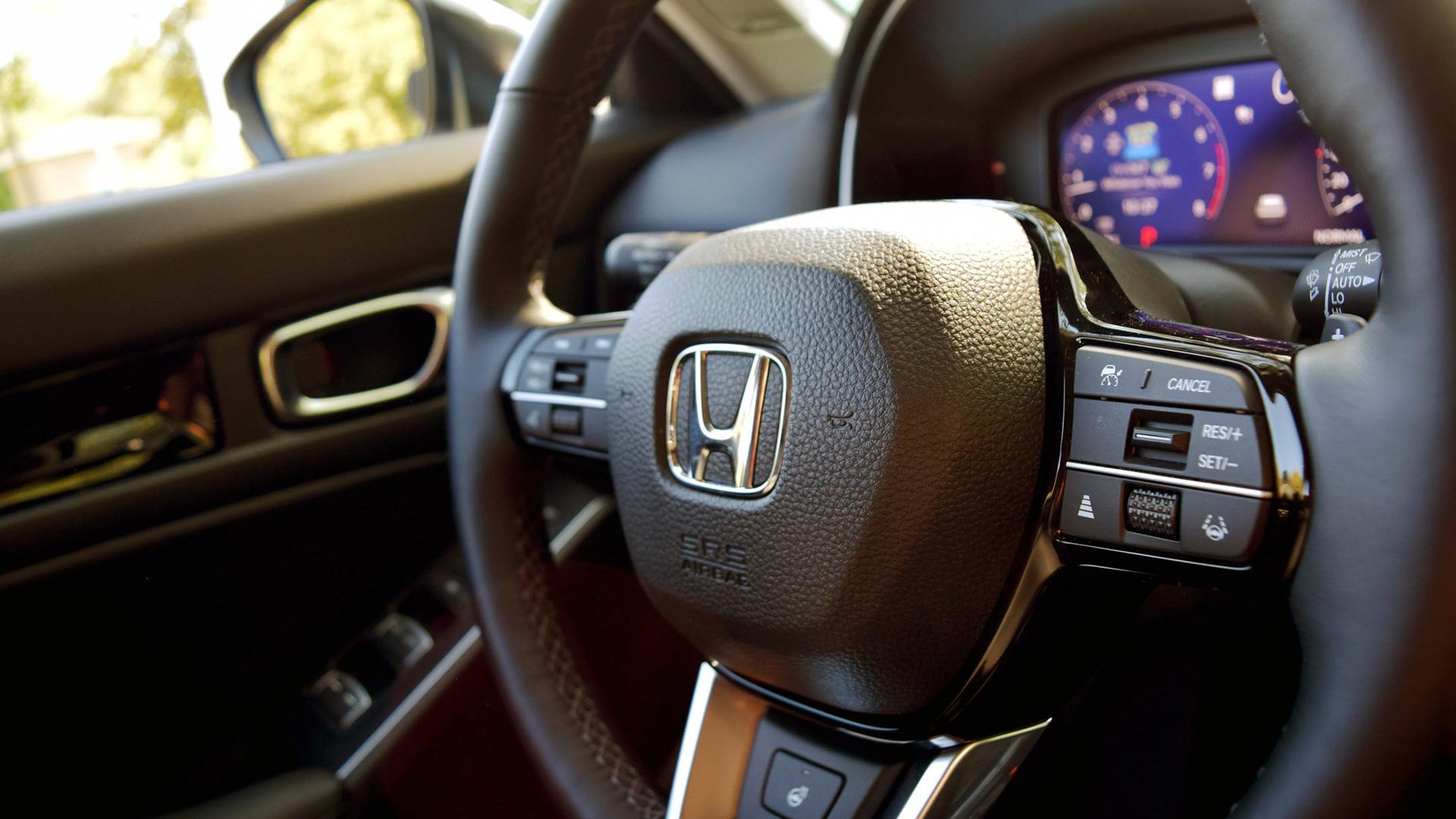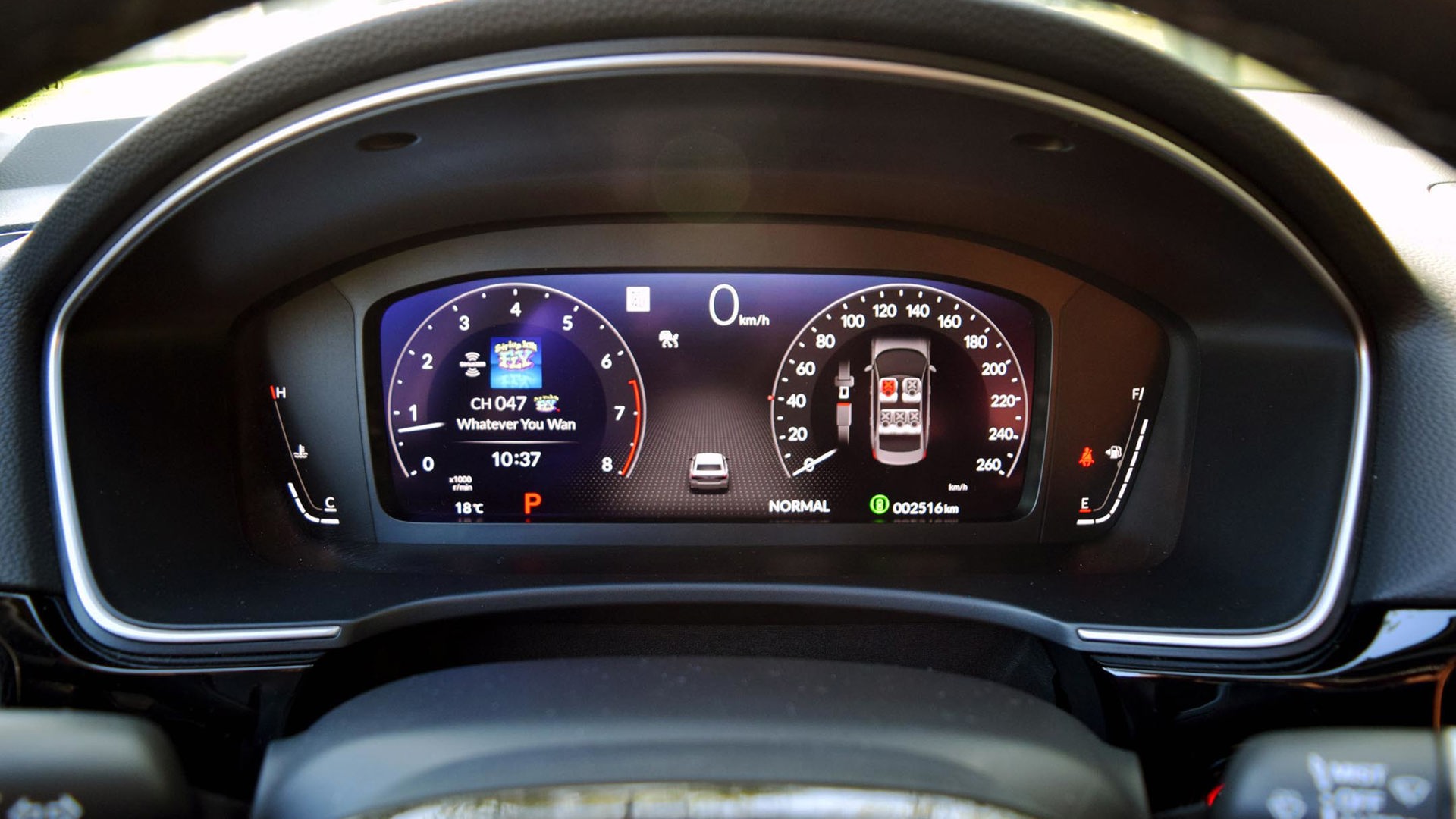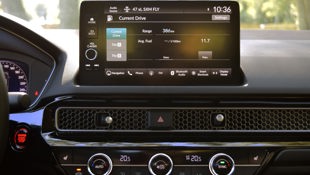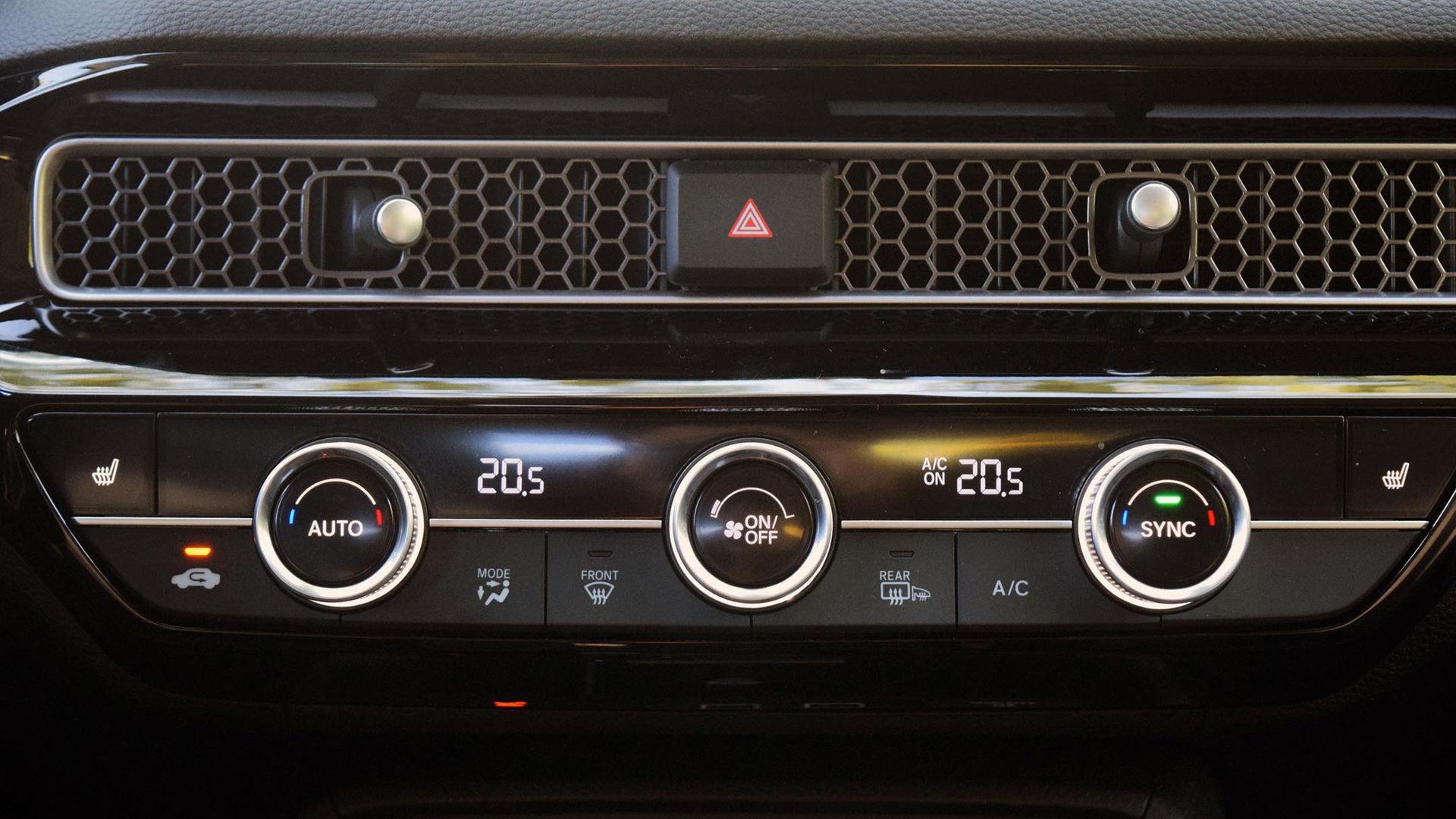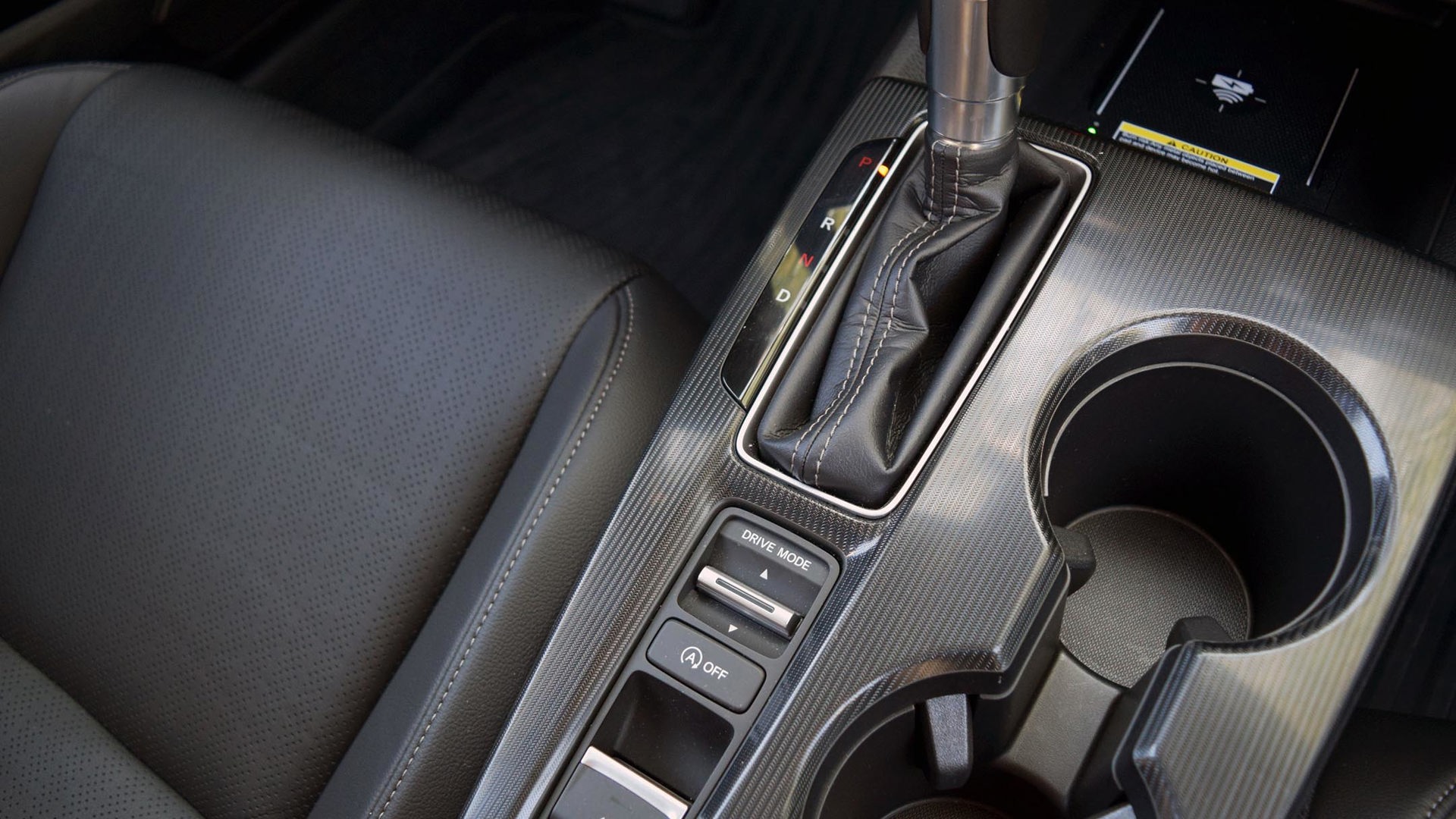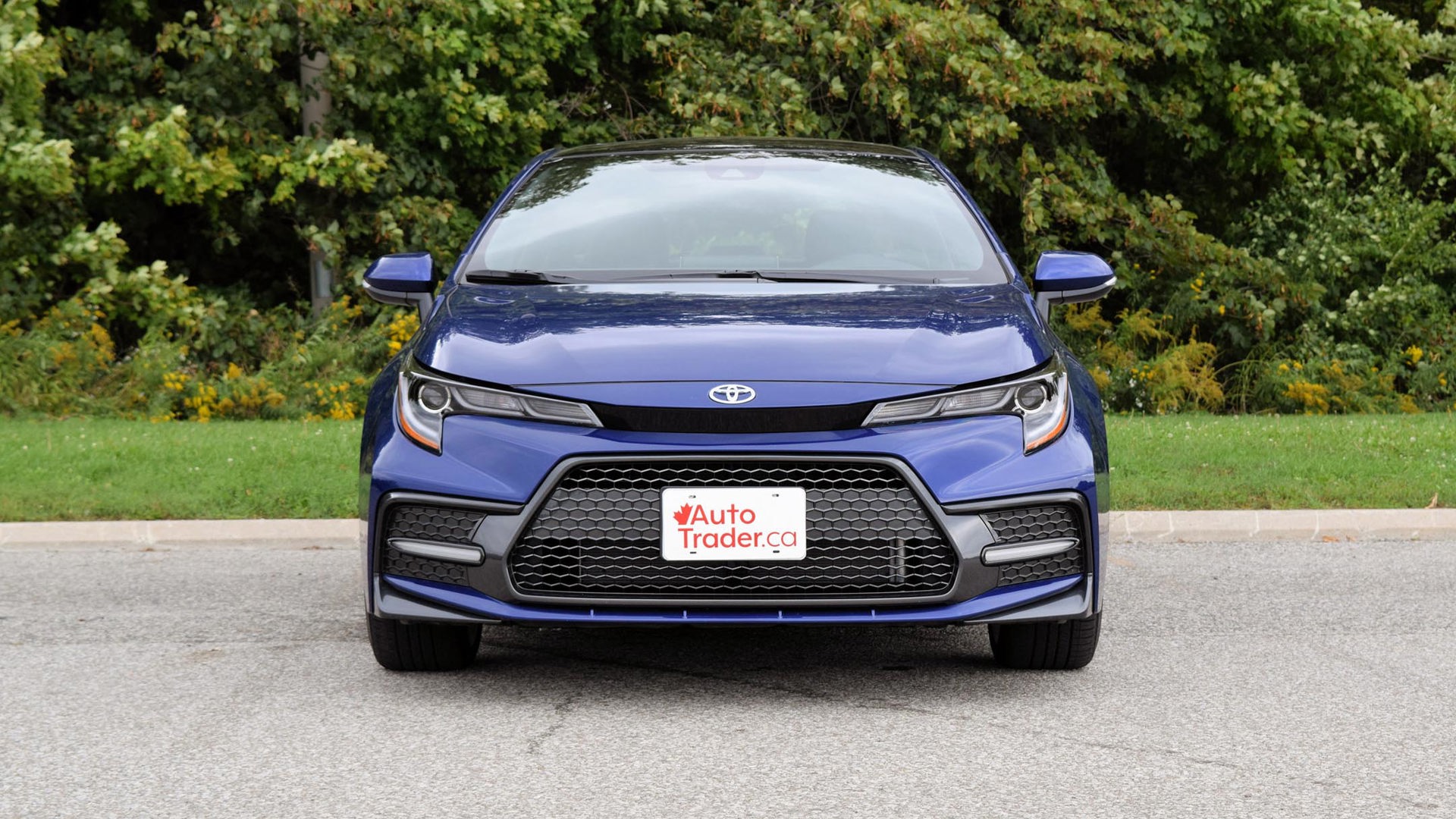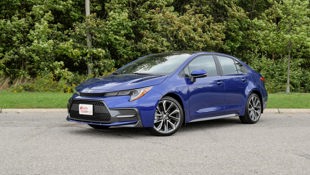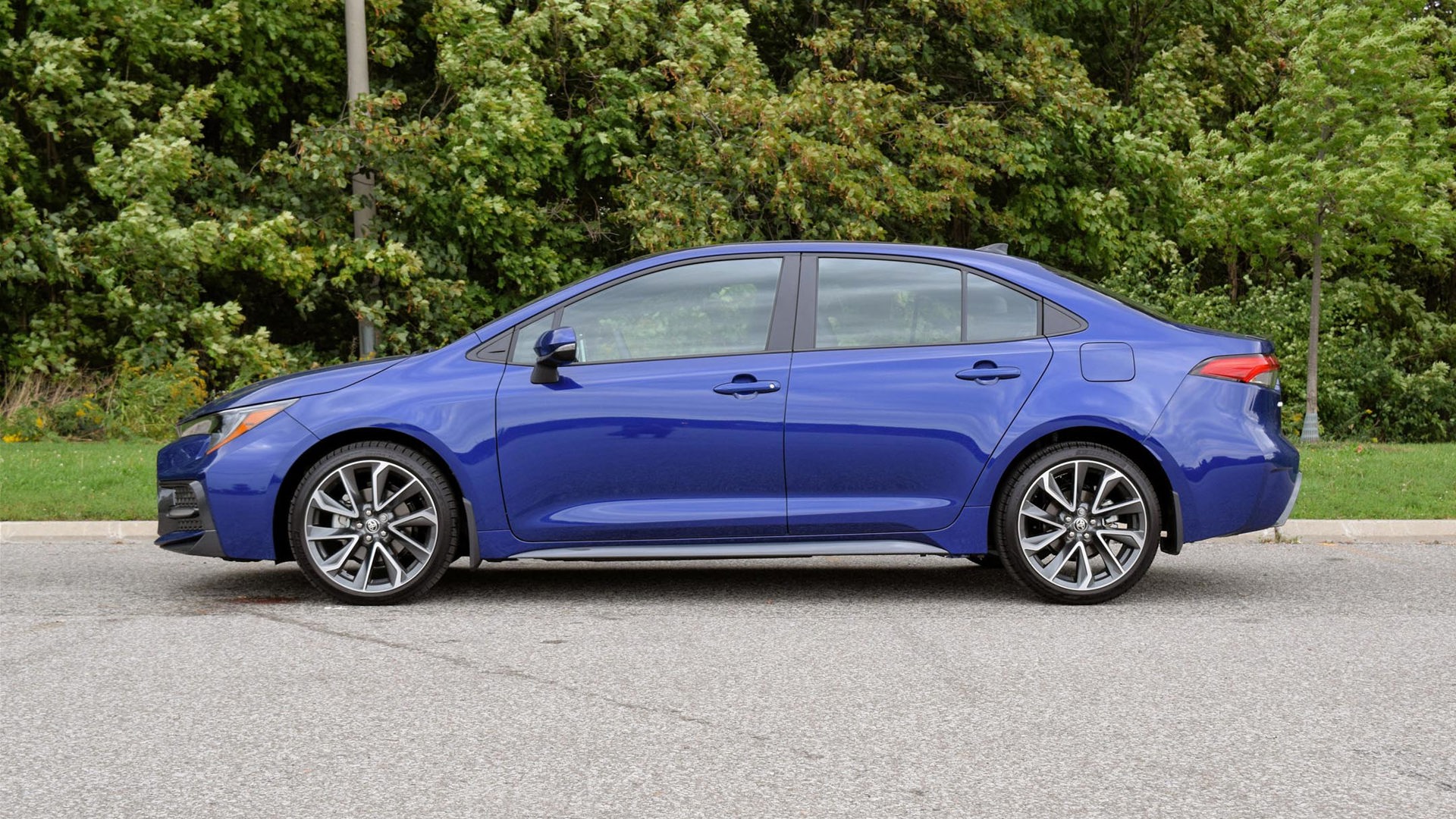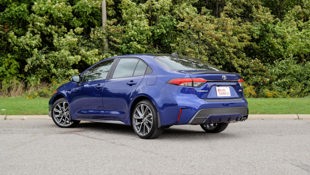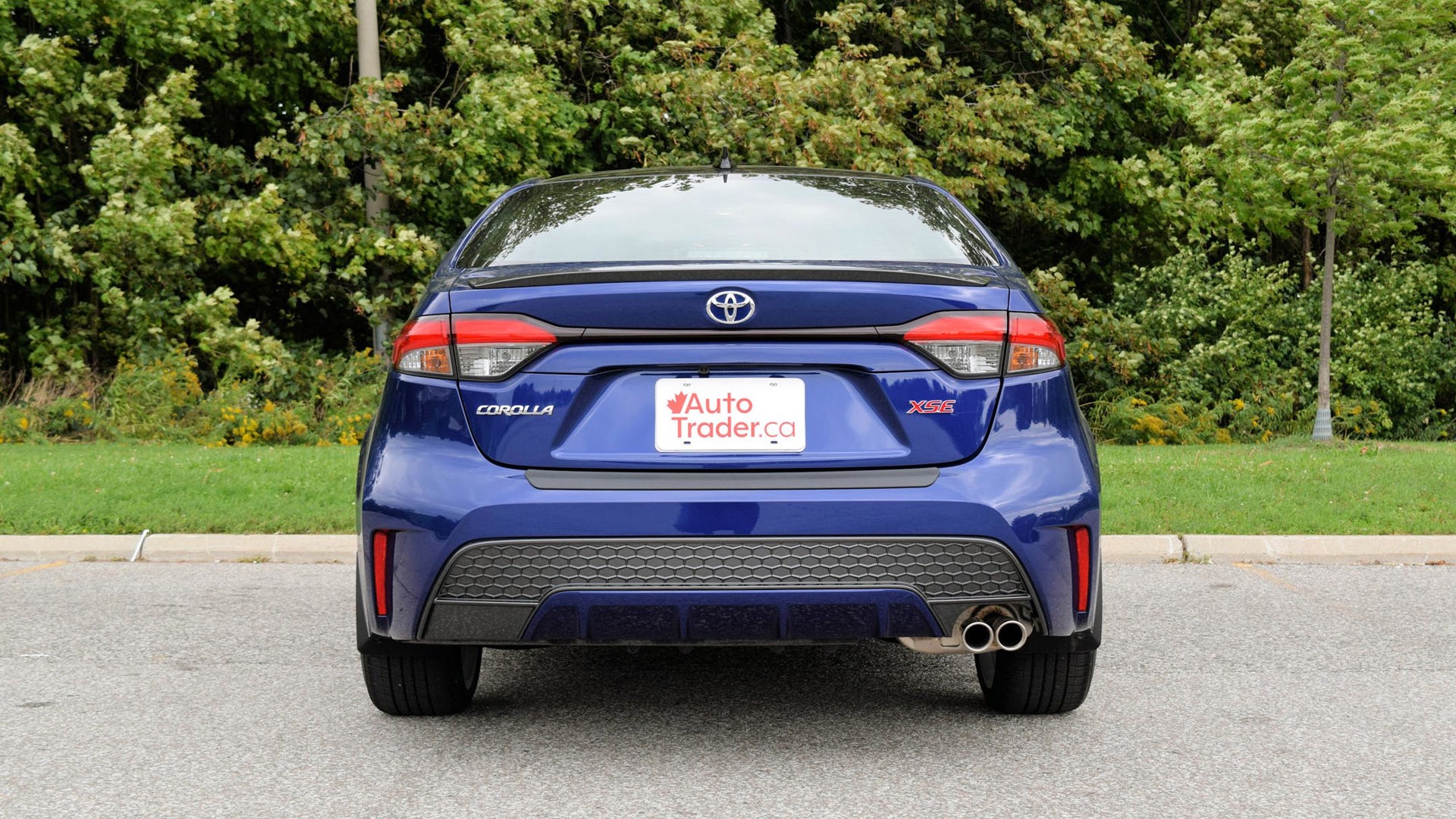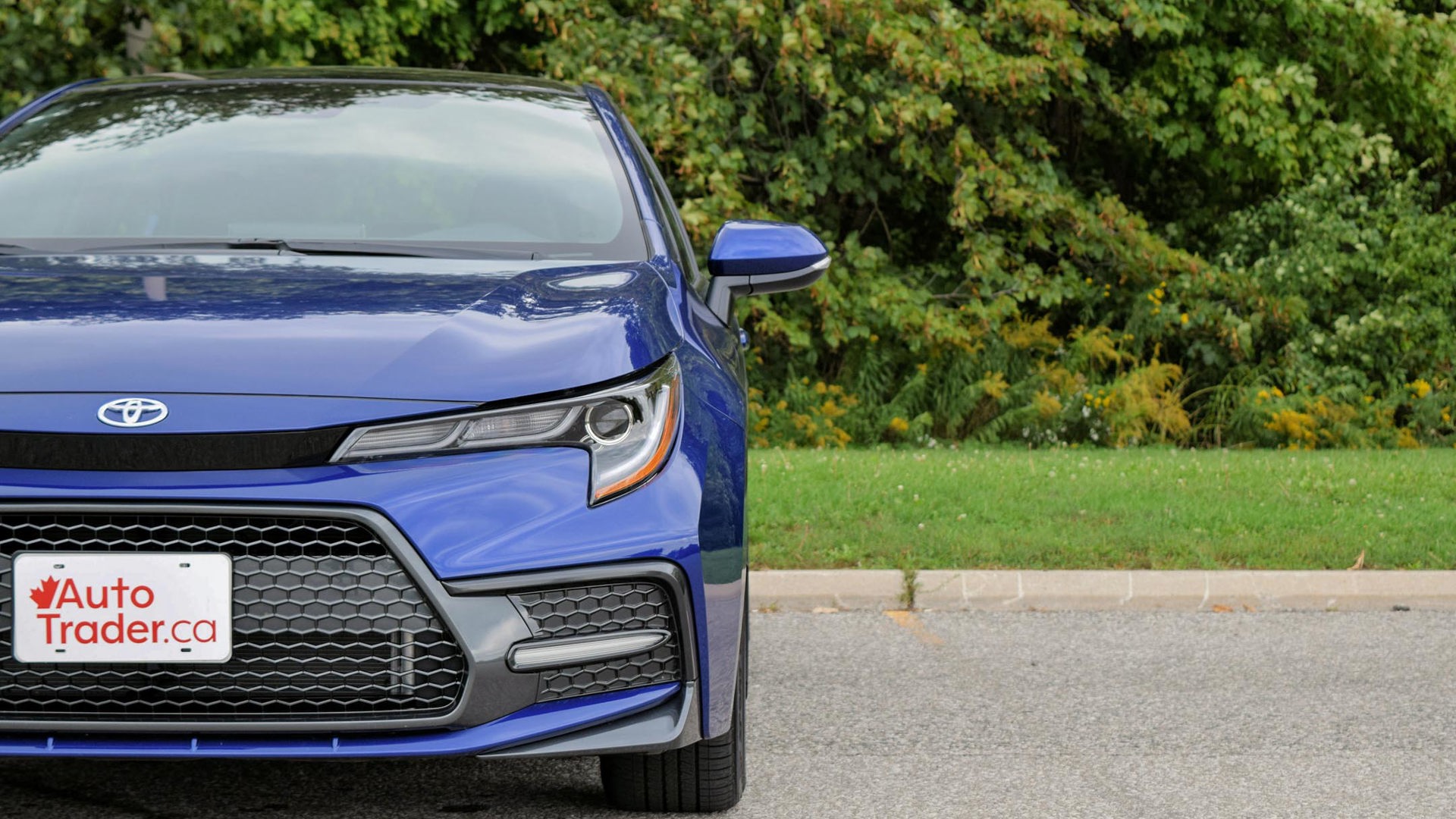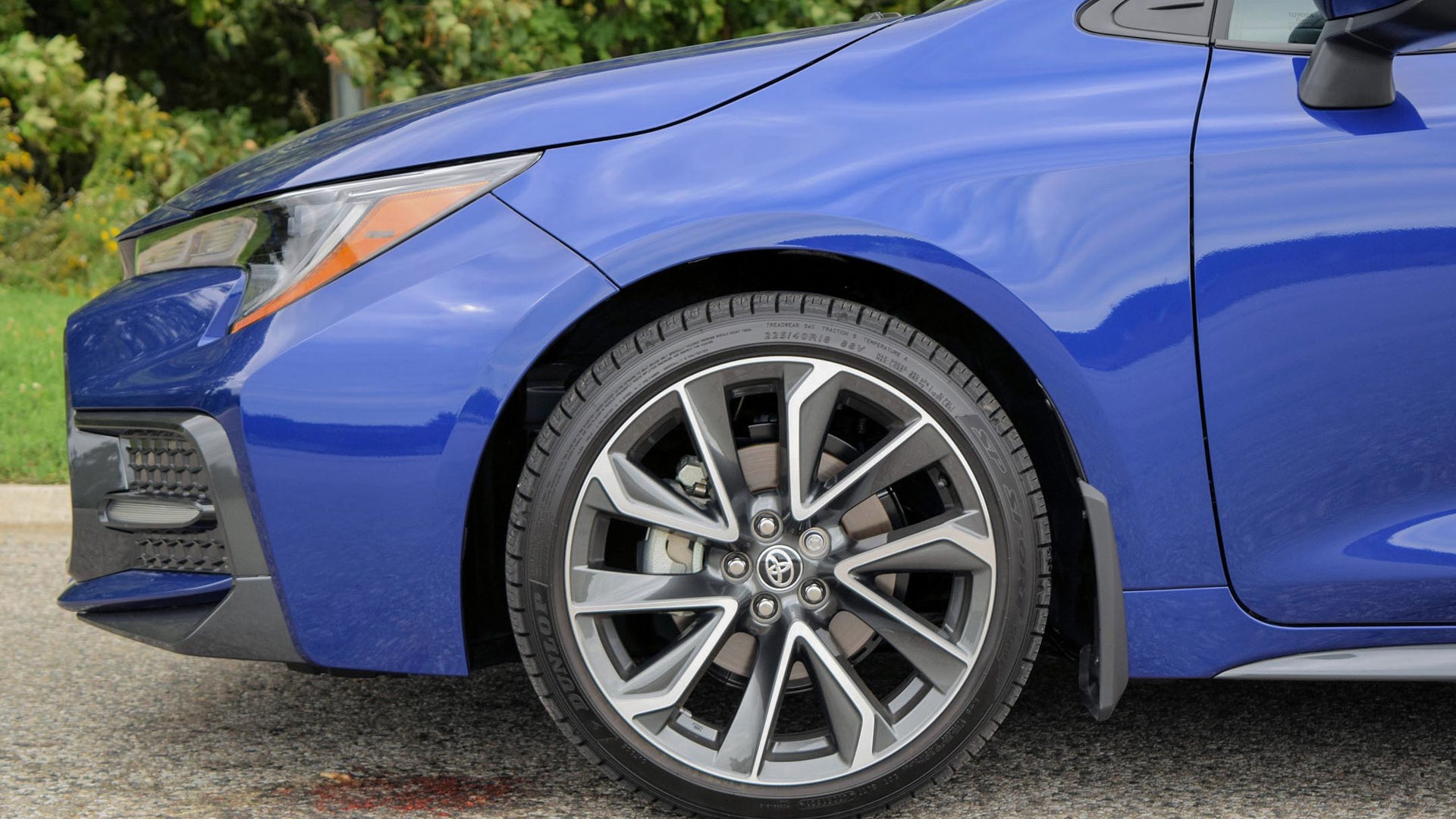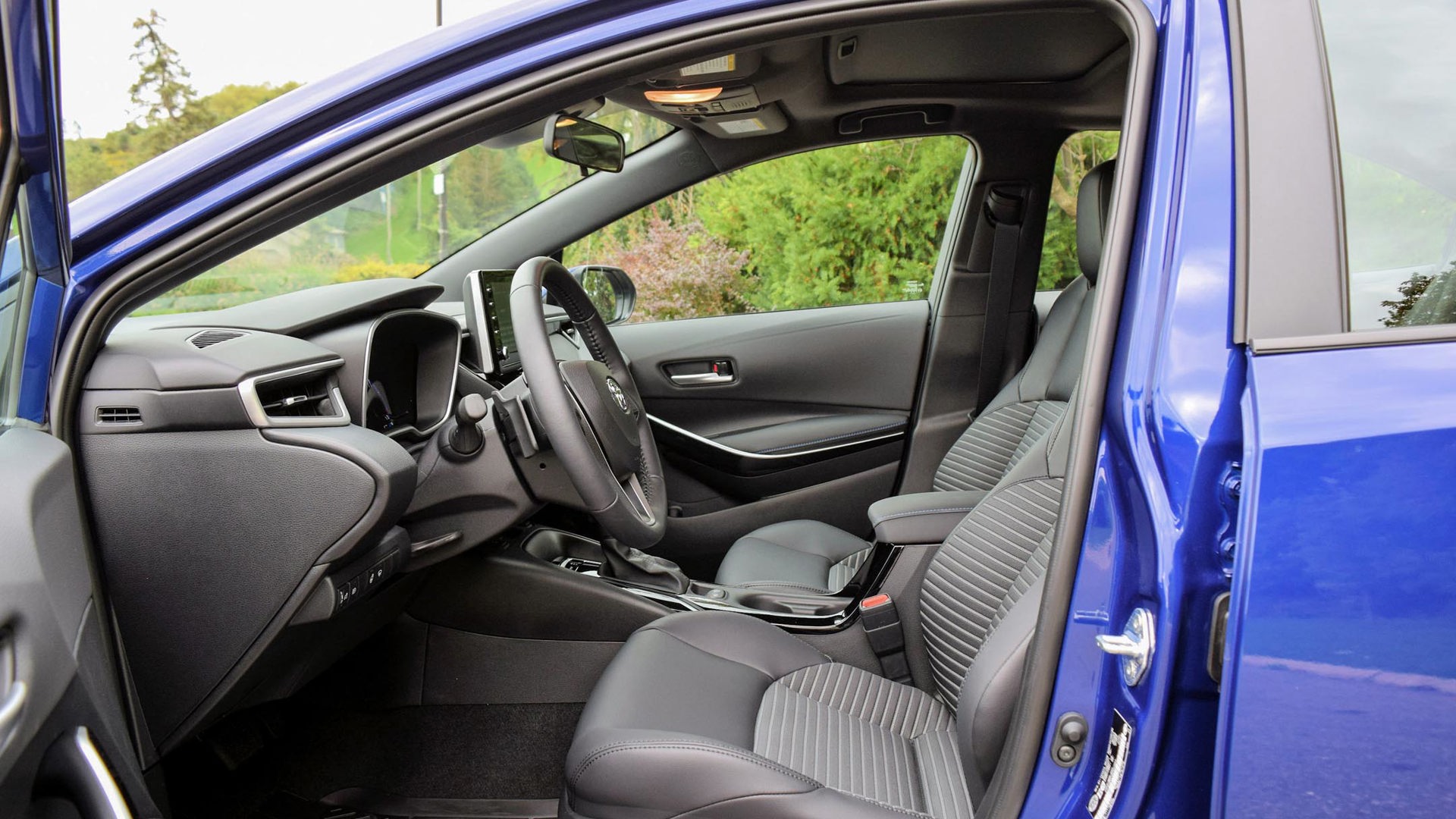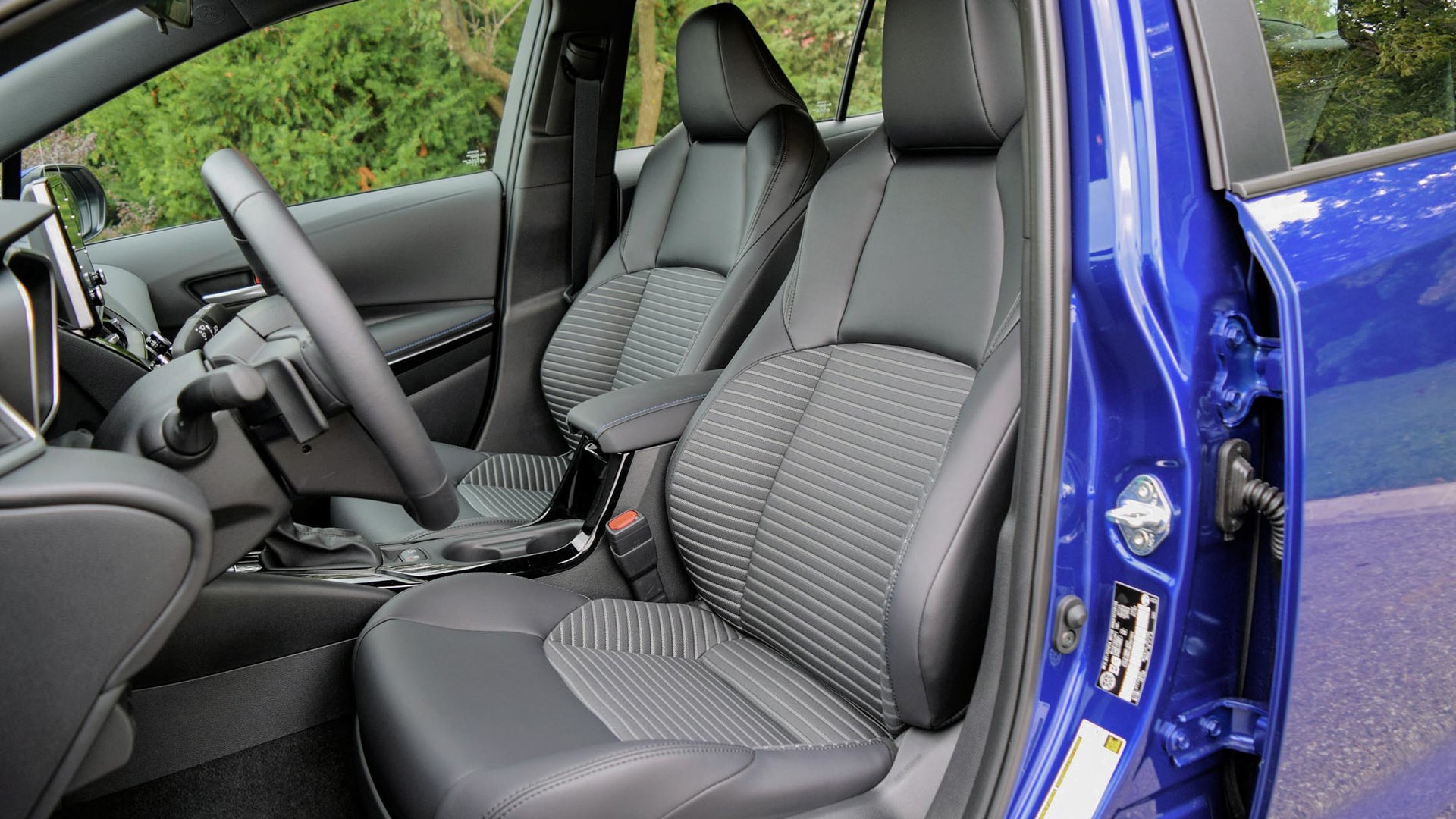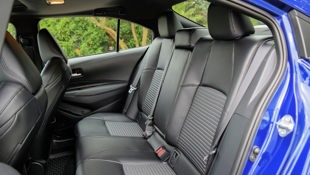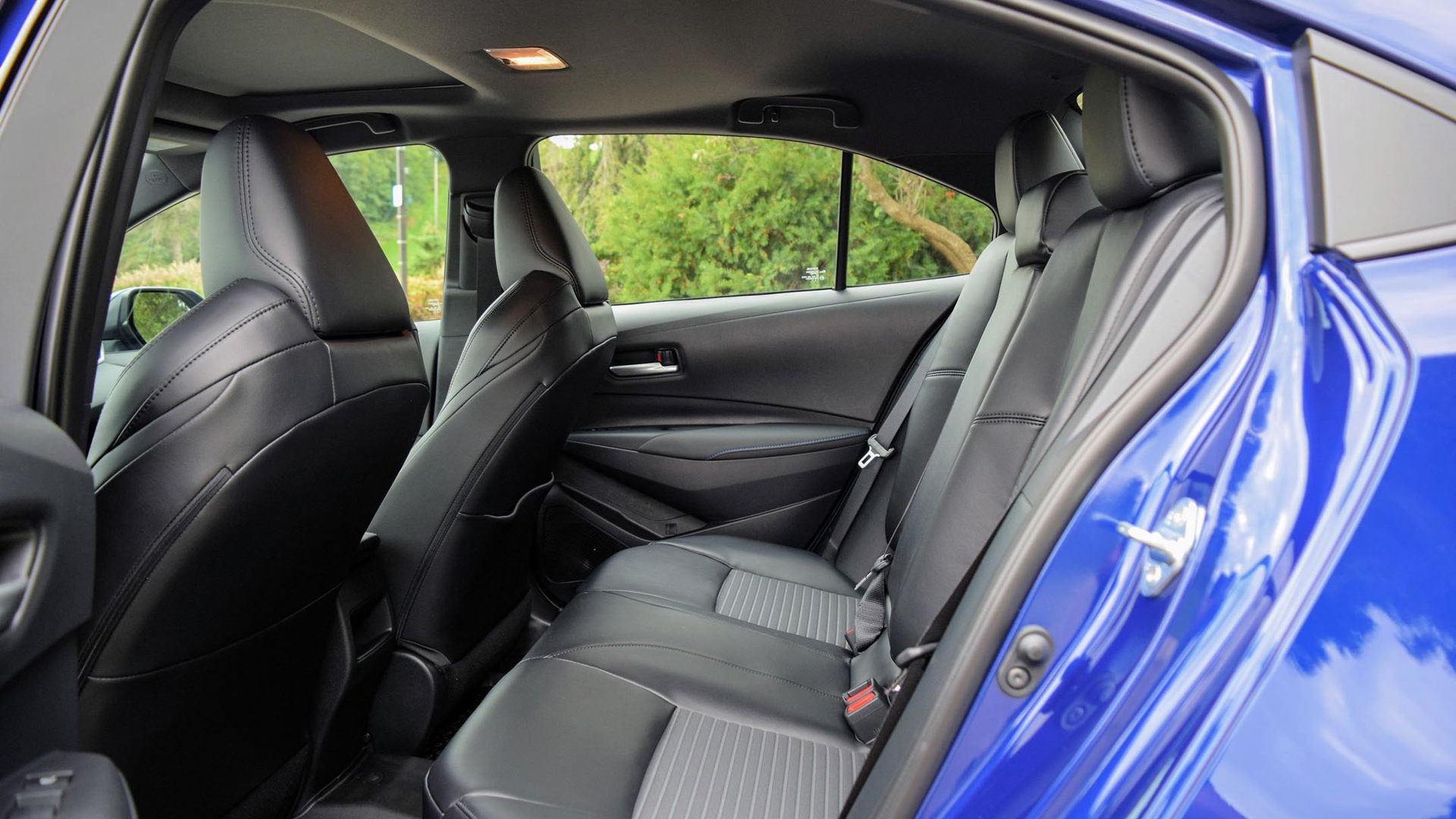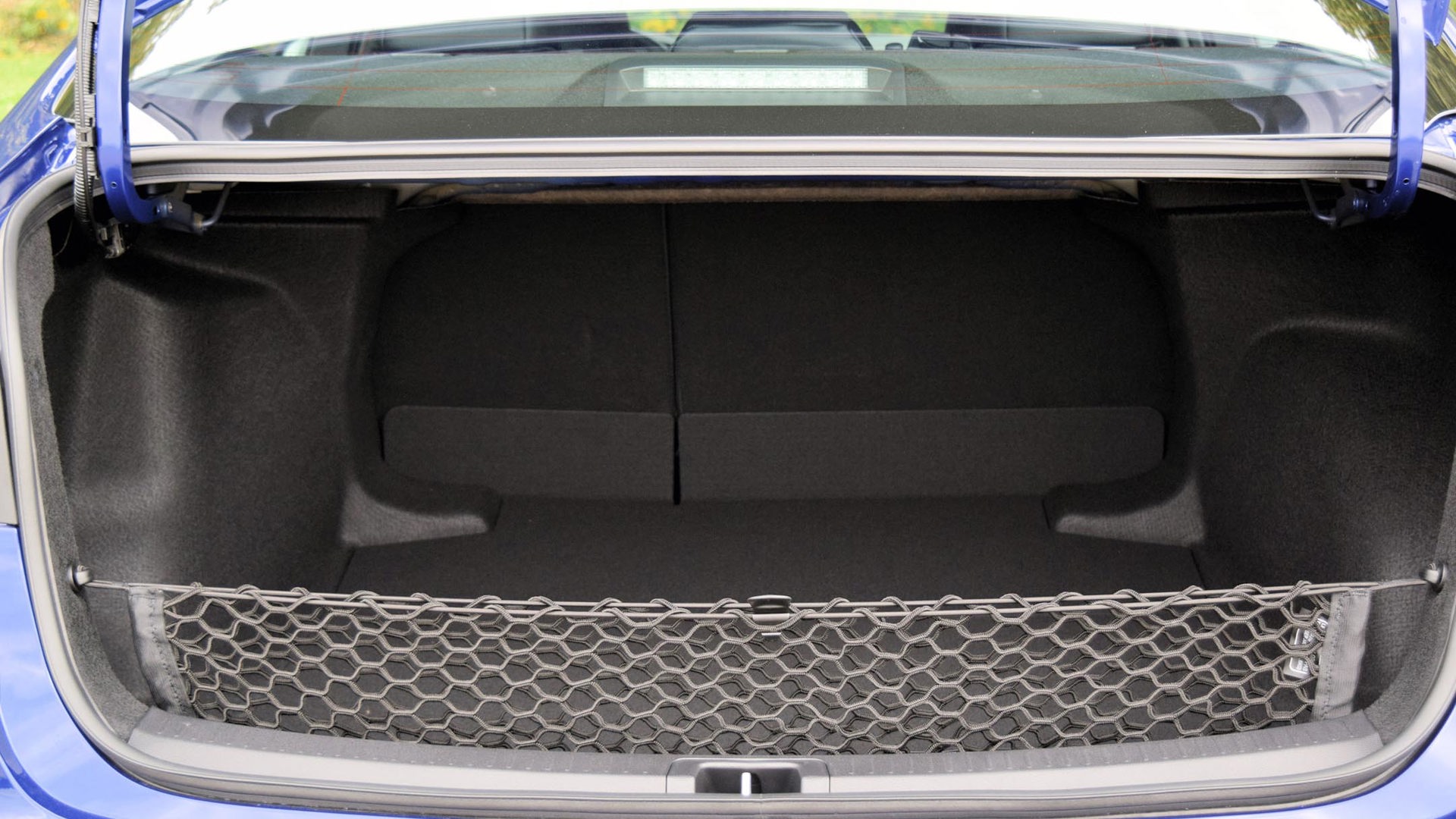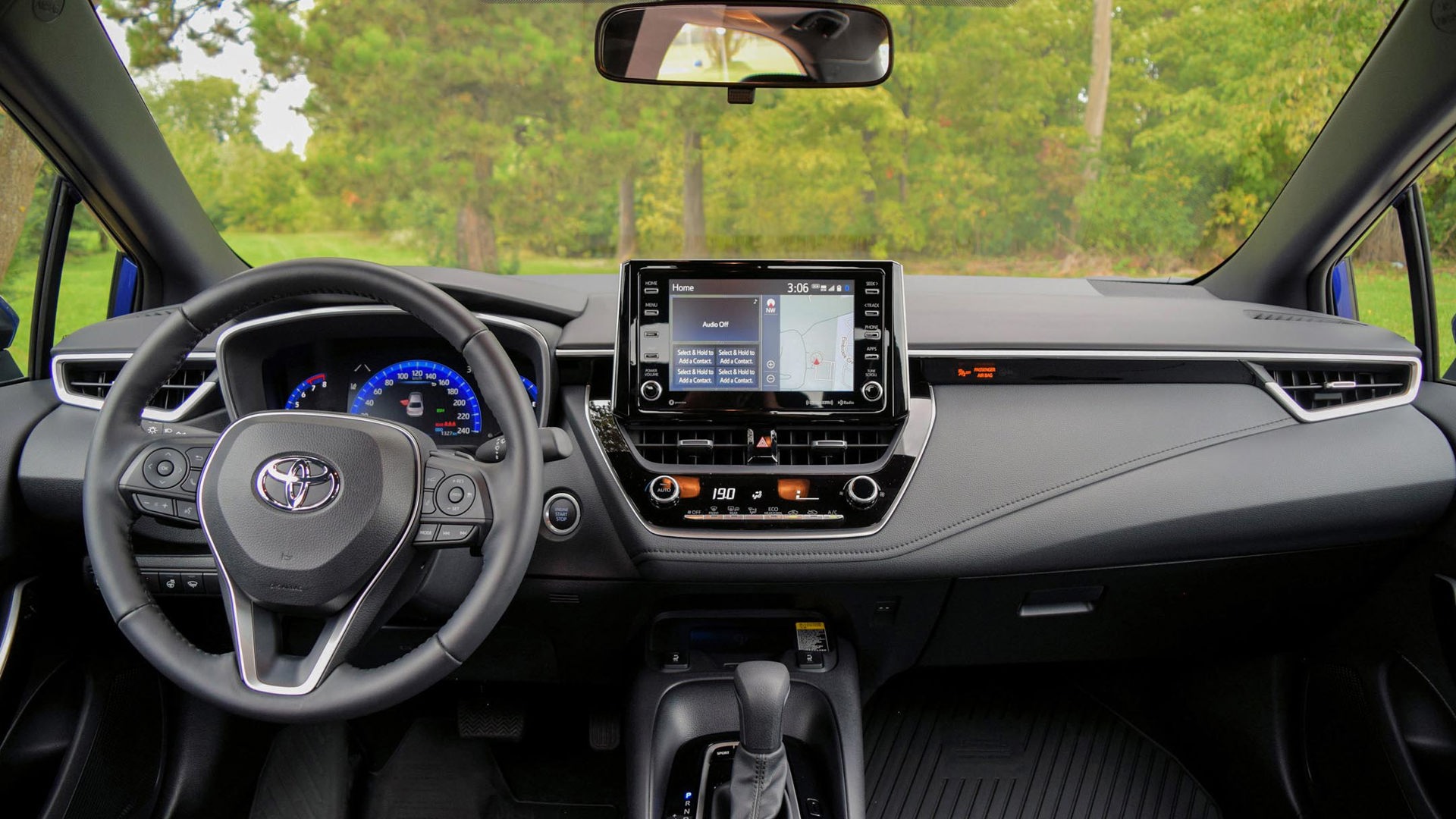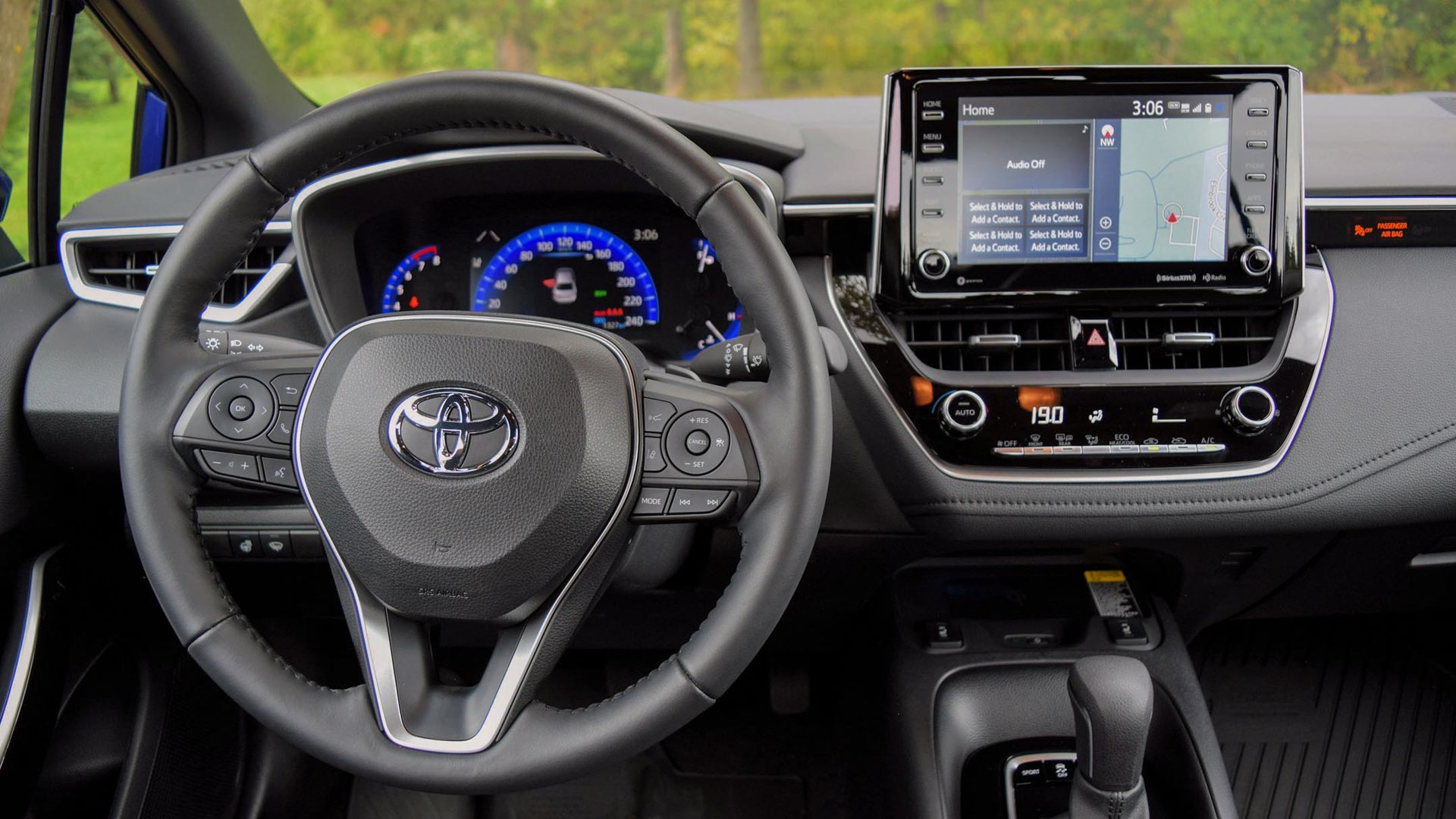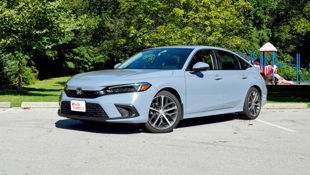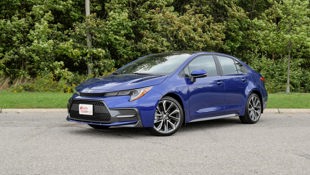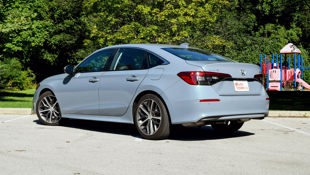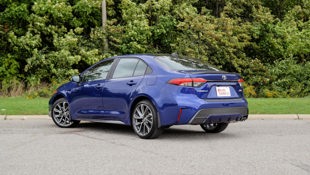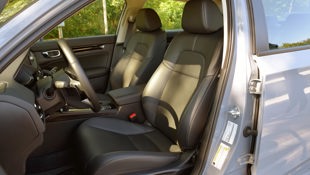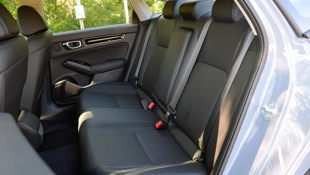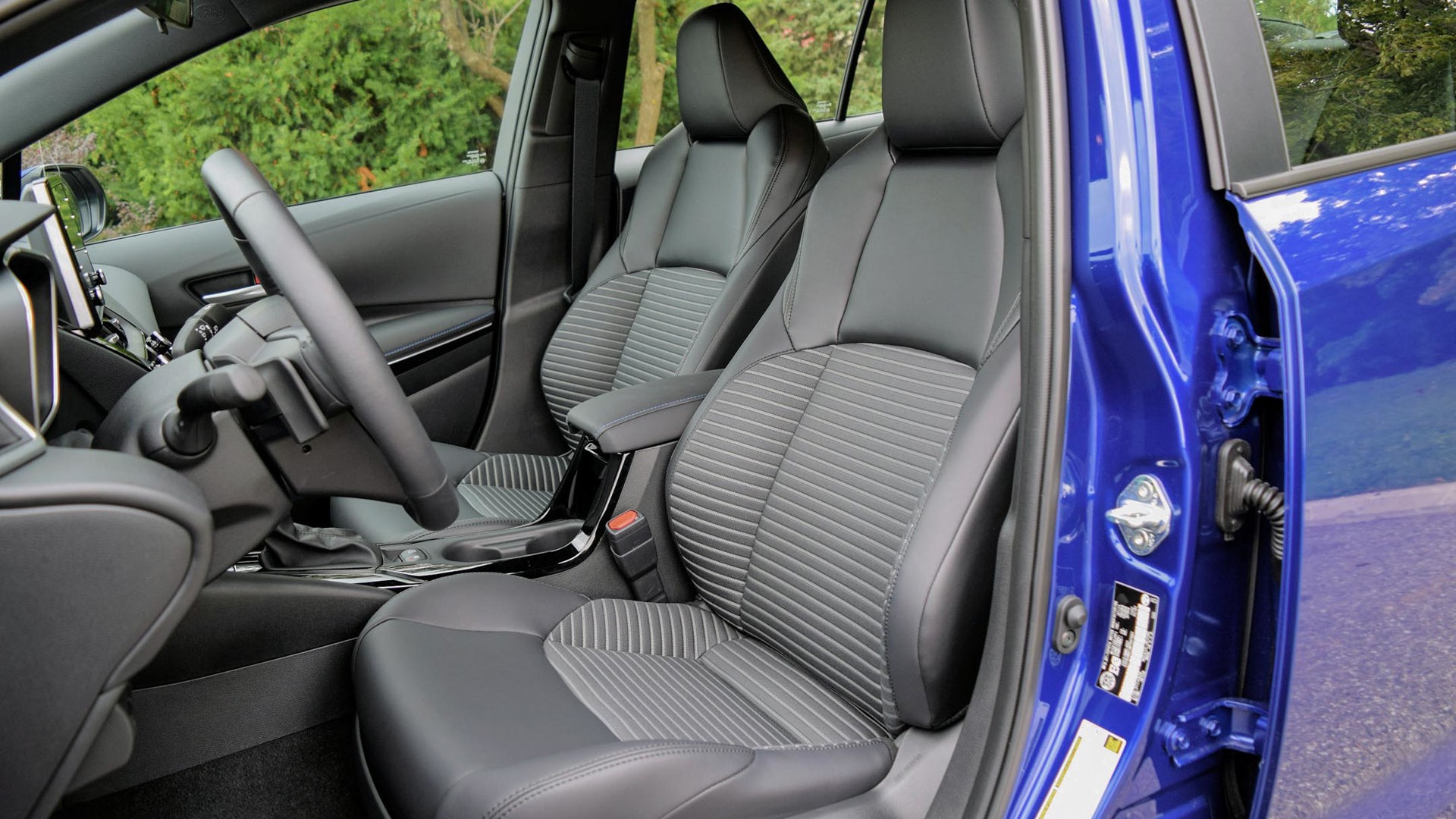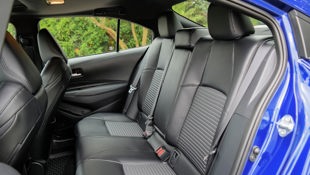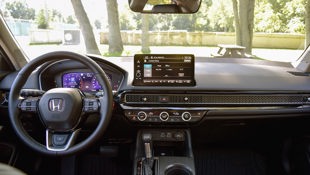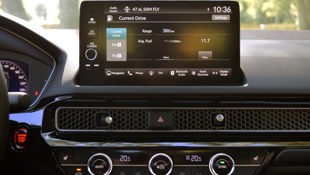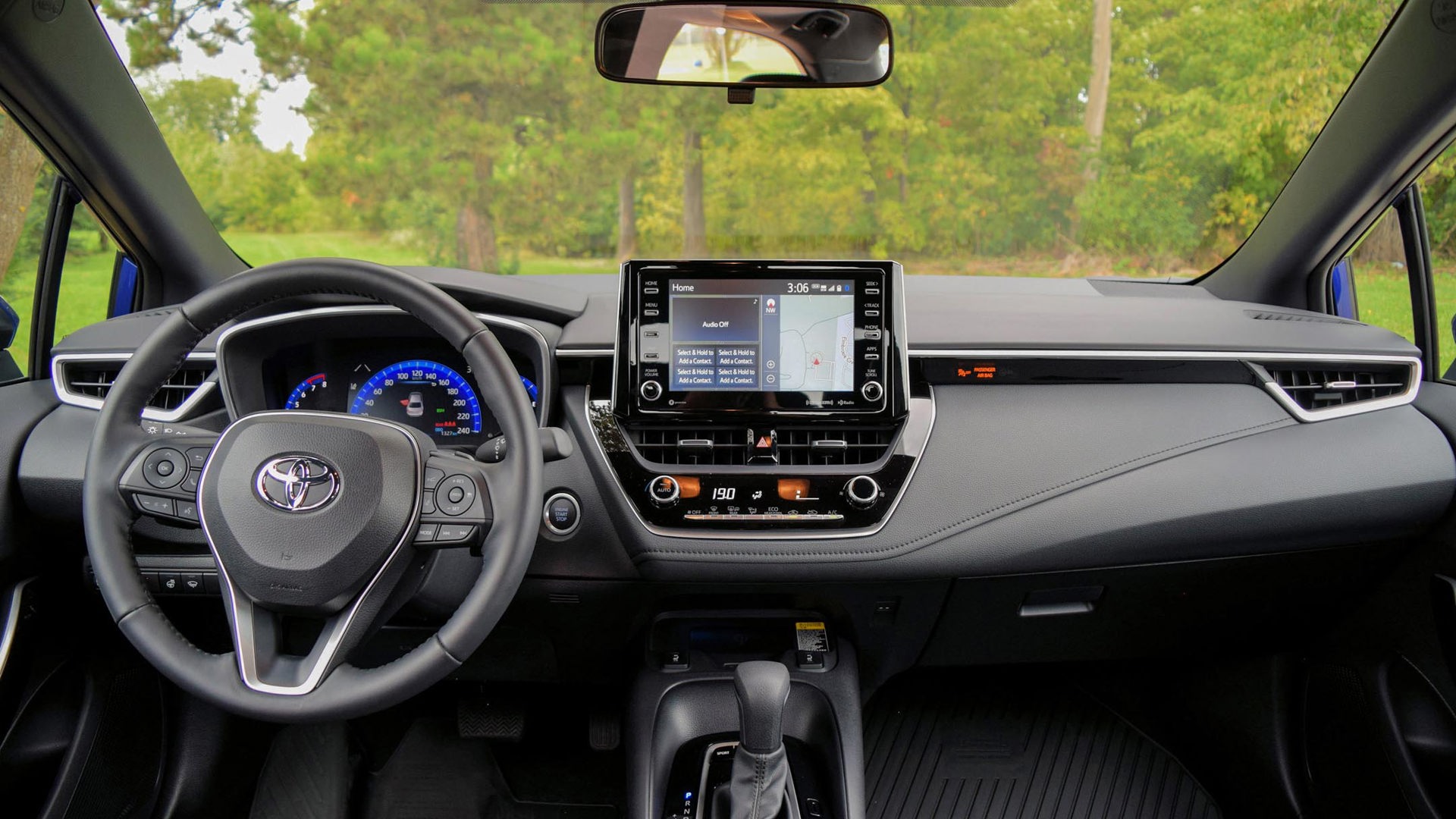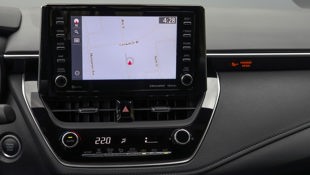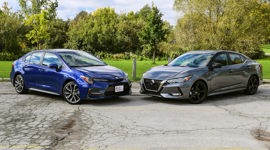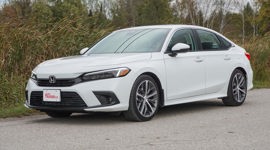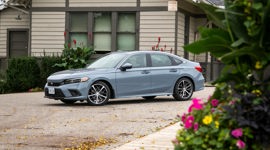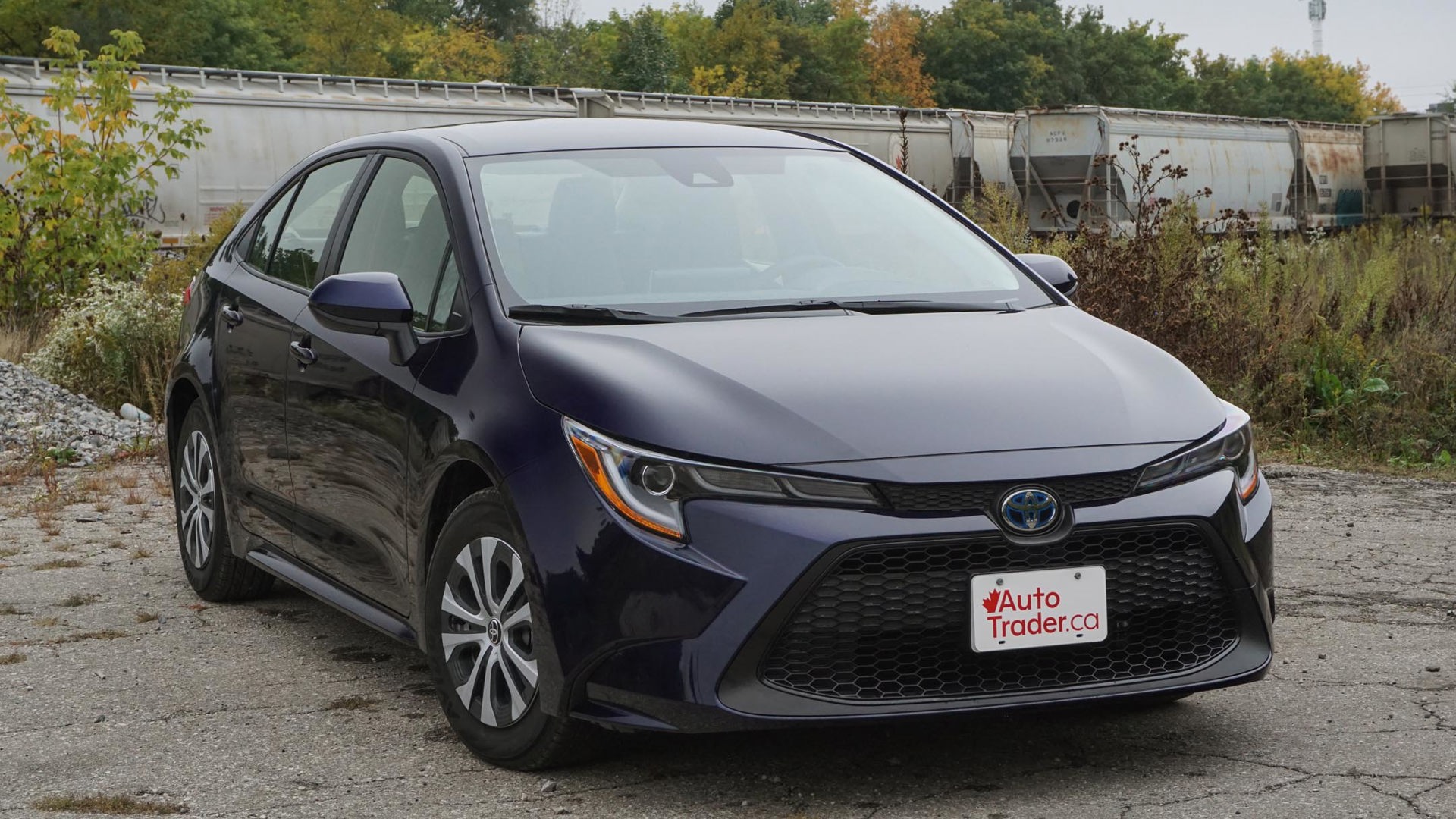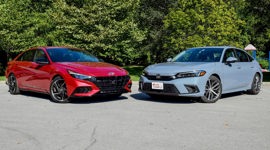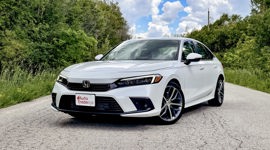Comparison Data
|
2022 Honda Civic Touring
|
2022 Toyota Corolla XSE
|
|---|---|
|
Engine Displacement
1.5L
|
2.0L
|
|
Engine Cylinders
I4
|
I4
|
|
Peak Horsepower
180 hp
|
169 hp
|
|
Peak Torque
177 lb-ft
|
151 lb-ft
|
|
Fuel Economy
7.6 / 6.1 / 6.9 L/100 km cty/hwy/cmb
|
7.7 / 6.1 / 7.0 L/100 km cty/hwy/cmb
|
|
Cargo Space
408 L
|
371 L
|
|
Base Price
$30,265
|
$29,050
|
|
A/C Tax
$100
|
$100
|
|
Destination Fee
$1,700
|
$1,690
|
|
Price as Tested
$32,365
|
$30,840
|
|
Optional Equipment
$300 – Paint, $300
|
None
|
The Honda Civic and Toyota Corolla have been duking it out for decades, and times are contentious between the two nameplates all these years later.
Redesigned for 2022, the Civic has size, technology, and power in its favour, while the Corolla exudes driving confidence, simplicity, and compact dimensions. They may play in the same compact car segment, but they seem in some ways like complete opposites. For the money, however, only one is worthy of your consideration.
Styling
The Civic enters its 11th generation with a more tasteful exterior appearance. The harsh angles have been ironed out to present a friendlier profile similar to the larger and inoffensive Honda Accord. The LED signature lights look sharp and aggressive, bringing to mind a more premium vehicle. The sportback style profile hints that the Civic is more practical, although this vehicle lacks a handy roof-hinged trunk. There is, however, a new Civic hatch that plays the role of liftback to perfection.
By comparison, the Corolla looks far more unique compared to its showroom compatriots. Toyota includes tasteful LED accents, and it’s fair to call this one of the more attractive Corollas in recent memory. However, I find the Corolla hatchback a better showcase of the brand’s styling efforts, whereas the Civic looks sharp no matter the body style.
The cabins show contrasting design priorities. Toyota has tried its best to spruce up the Corolla with soft material, stitching on the dash, and bright blue illumination in the gauge cluster. The automaker also uses a fingerprint-attracting gloss-black trim, which looks sleek when clean, but those moments are rare. Additionally, the seats in this XSE tester feature synthetic leather and textured cloth upholstery, which doesn’t look or feel as premium as pure leather.
The Civic plays it relatively safe with its cabin. Its large displays dominate the dash but are well integrated rather than seeming stuck on like a giant tablet on a stand. Honda avoids the piano black fingerprint conundrum by using a textured plastic in its place. Surprisingly, it doesn’t feel flimsy and manages to stave off fingerprints. On the dash, there’s an eye-catching mesh-like motif that looks sharp.
Honda Civic: 8/10; Toyota Corolla: 7/10
User Friendliness
The Toyota exudes simplicity in the best ways. Buttons and knobs are large and easy to locate, not to mention manipulate. However, the process falls apart a bit where technology is concerned. For starters, the infotainment system is a bit dogged looking, like its best years are behind it. Having seen what Toyota has in store for its next generation of infotainment in the new Tundra, the automaker is capable of much more, and the interface that’s found in the Corolla is overdue for an update.
While the system offers Android Auto and Apple CarPlay support, the placement of the USB port is a bit suspect, as it’s tucked under the dashboard in front of the passenger, leaving limited space for placing your device afterwards. With a cable attached, the phone doesn’t rest properly in the wireless charging pad area, and you’re left to put it in a vacant cupholder or smush your cable by storing the device in the glovebox. Neither option seems ideal.
The Civic features a far more modern and cleaner-looking interface that responds quickly. However, it was afflicted by a few bugs or glitches while we were testing. It didn’t pair phones automatically, sometimes the Android Auto interface operated in slow-mo, and sometimes the wireless Android Auto just flaked out entirely. These were frustrating experiences because when everything is working fine, it’s an example of a solid interface in an affordable car.
Beyond that, most controls are well located and work fine, though two stand out for the wrong reasons. The heated steering wheel button is placed without grace on the middle of the steering wheel spoke, and the trunk release button feels hidden behind the driver’s door armrest, requiring an awkward reach to trigger it with the door closed.
Honda Civic: 7/10; Toyota Corolla: 7/10
Safety
For all of the gripes with the tech of these cars, they do boast several safety features and driver assistance technology. The Corolla comes standard with lane-keeping assist, automatic high-beam headlights, forward collision warning with pedestrian and bicycle detection and automatic emergency braking, and adaptive cruise control. The XSE also includes blind-spot monitoring with rear cross-traffic alert. This tech, along with strong crash test results, led the Insurance Institute for Highway Safety (IIHS) to award the 2022 Corolla with a Top Safety Pick rating – the penultimate score handed out.
The 2022 Honda Civic was given top scores by the not-for-profit, receiving the Top Safety Pick+ rating thanks to better crash scores and technology. The vehicle features standard lane-keeping assistance, adaptive cruise control, and forward-collision warning, and blind-spot monitoring, while higher trims throw some parking sensors in the mix to help keep the vehicle free of scratches or other mishaps.
Honda Civic: 8/10; Toyota Corolla: 7/10
Features
Despite the seemingly simple layout of the Corolla, it’s loaded with features. Our XSE tester featured items like heated front and rear seats, a heated steering wheel, wireless phone charging, integrated navigation, a power sunroof, power-adjustable driver’s seat, and ambient lighting.
The Civic includes a similar set of features, but can also be equipped with dual-zone climate control, and a larger digital gauge cluster, among others.
Honda Civic: 8.5/10; Toyota Corolla: 8/10
Practicality
The Toyota Corolla offers a sizeable trunk with a large opening. You can load that boot with 371 L of goodies, and the rear seats fold down to stow large items. While the Civic features more cargo space with 408 L (419 L in all but the top trim), the Corolla counters back with more front-seat headroom than the Civic when equipped with sunroofs.
The Honda offers more rear-seat legroom, which makes the compact car feel far more spacious and accommodating even for small families, where the Corolla still truly feels like just a compact.
Honda Civic: 8/10; Toyota Corolla: 7/10
Comfort
The best seats in the Corolla are in the front, while the Civic feels comfy in the rear as well. The ride quality is soft in the Corolla, though it is a bit loud. The Civic is a bit quieter, while the ride quality is a bit more balanced, feeling smooth and responsive. It makes the Corolla feel floaty and unengaging. The Corolla can also be a bit fatiguing on longer road trips, as the seats feel a bit less supportive and comfy.
Honda Civic: 8/10; Toyota Corolla: 7/10
Driving Feel
Toyota has made huge strides in erasing the bland driving dynamics that plagued many of its models for years. The Toyota New Global Architecture (TNGA) underpinning the Corolla is stiff and responsive, which you feel from the moment you twist that steering wheel. However, the TNGA-based Corolla has been around for a while, and while it’s responsive, it never quite progresses to a feeling of being fun to drive.
The Civic feels far more refined, and while the steering is a bit numb, it feels quick and responsive. Honda promises more engaging and sportier models in the future with the Si hitting showrooms soon and the Type R set to be revealed in the near future.
Honda Civic: 8/10; Toyota Corolla: 7/10
Power
The Toyota Corolla is equipped with a 1.8L four-cylinder engine in L, LE, and XLE trims, and it puts out 139 hp and comes paired with a six-speed manual or automatic continuously variable transmission (CVT). The S, SE, and XSE versions of the Corolla use a 169-hp 2.0L four-cylinder engine instead, which can also be paired with either the manual or CVT. It’s an adequate motor but can feel a bit gutless when it comes to acceleration. You have to plan out your highway passes, and any spirited manoeuvres are met with a buzzy, annoying soundtrack.
The Honda Civic LX, EX, and Sport models use a 2.0L four-cylinder engine packing 158 hp. There’s also a 1.5L turbocharged four-cylinder engine powering the Touring trim (as well as a modded version under the Si’s hood). Our Touring model features a punchy 180 hp and 177 lb-ft of torque, while Si models put out 200 hp and 192 lb-ft of torque. All Civics, save for the Si and Type R, use a CVT.
The 1.5L turbo feels far more capable and confident on the road than the Corolla’s motor. The whine of the CVT can sometimes rear its head, but it seems only temporary whenever you call for extra power.
Honda Civic: 8/10; Toyota Corolla: 7/10
Fuel Economy
The Toyota Corolla XSE we tested features competitive fuel consumption, returning 7.7 L/100 km in the city, 6.1 on the highway, and 7.0 combined. Corolla models equipped with the manual transmission can use a bit more fuel, while those with the 1.8L are a bit thriftier.
The Civic manages slightly better fuel consumption, with the 1.5L turbo returning 7.6 L/100 km in the city and 6.1 on the highway for a combined rating of 6.9. The 2.0L engine achieves the same combined figures. It’s easy to keep fuel consumption low in the Civic, thanks to its smartly tuned and more refined powertrain.
Honda Civic: 7.5/10; Toyota Corolla: 7.5/10
Value
The Toyota Corolla makes back some ground in terms of its pricing. The base, manual-equipped Corolla L model starts at $21,149, including a $1,690 freight charge; the CVT is an extra $2,100. The CVT-only Corolla LE starts at $23,880 and the automaker offers an LE Upgrade model for an extra $2,000. The XLE model costs $29,240.
The SE models start at $24,380, while an SE Upgrade model is $27,360. The XSE model is $30,740. There are also a few limited-production 2022 Corollas available, including the stiffer and more hardcore Apex Edition based on the SE model for $28,690 and the stylish Nightshade based on the SE upgrade for 29,140. There are a lot of options for shoppers, and the relatively low starting price is a huge asset for someone in the market for an affordable car, which has plenty of standard safety features.
In comparison, the Civic is asking for a lot. Starting at $26,165 for the LX model, including a $1,700 freight fee, shoppers are paying more to get in, but also for more space. The EX model is an extra $2,300, while the Sport model is another $1,100. The fully loaded Touring model has a total price of $31,965.
Honda Civic: 8/10; Toyota Corolla: 8.5/10
The Verdict
The Honda Civic and Toyota Corolla have been duking it out for compact car supremacy for so long, but it’s clear that they’ve evolved in different ways to appeal to shoppers. The Corolla maintains its compact-car size and pricing, while the Civic is larger, more premium, and better to drive. It’s also the overall better pick of the two.
